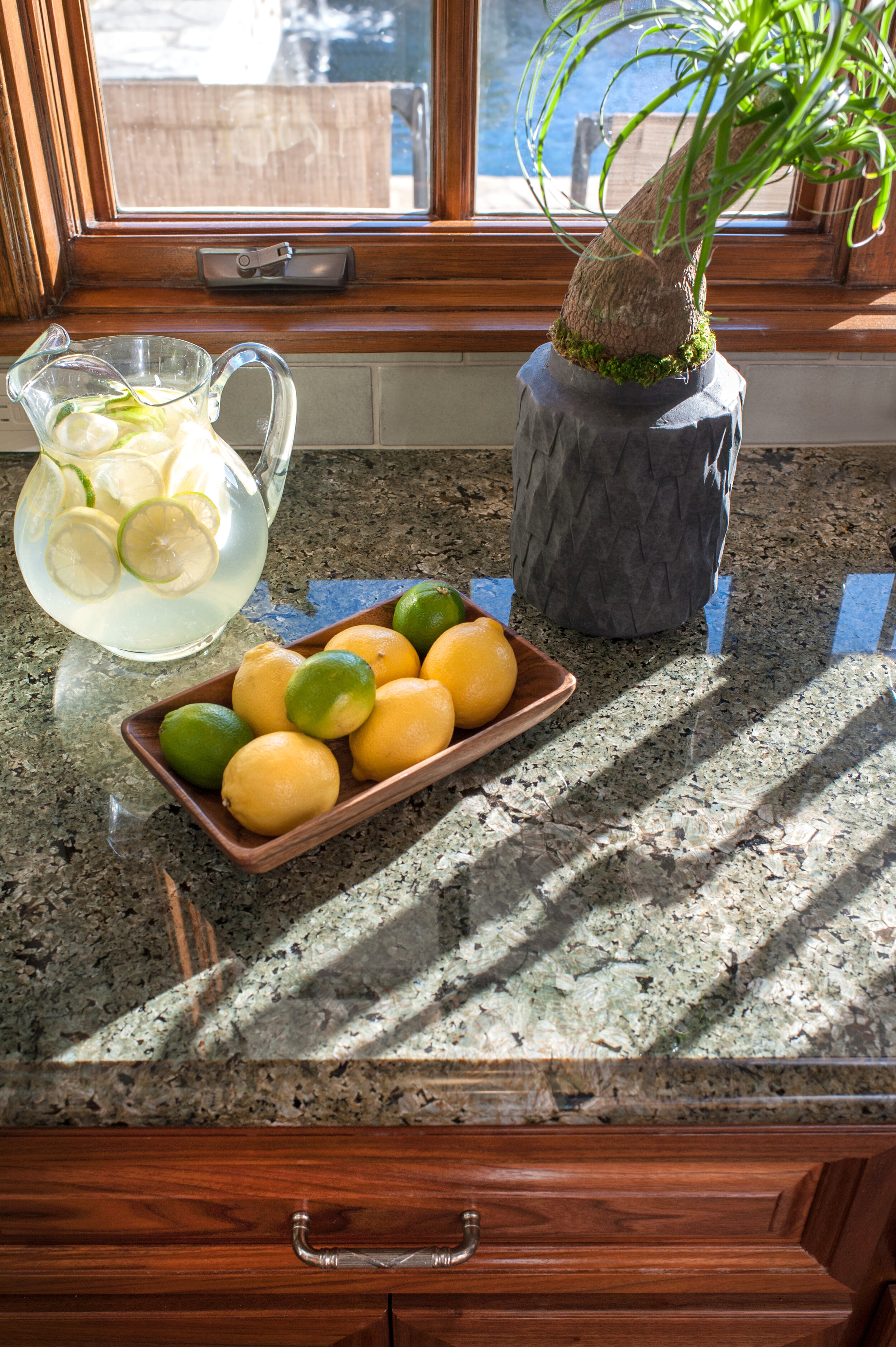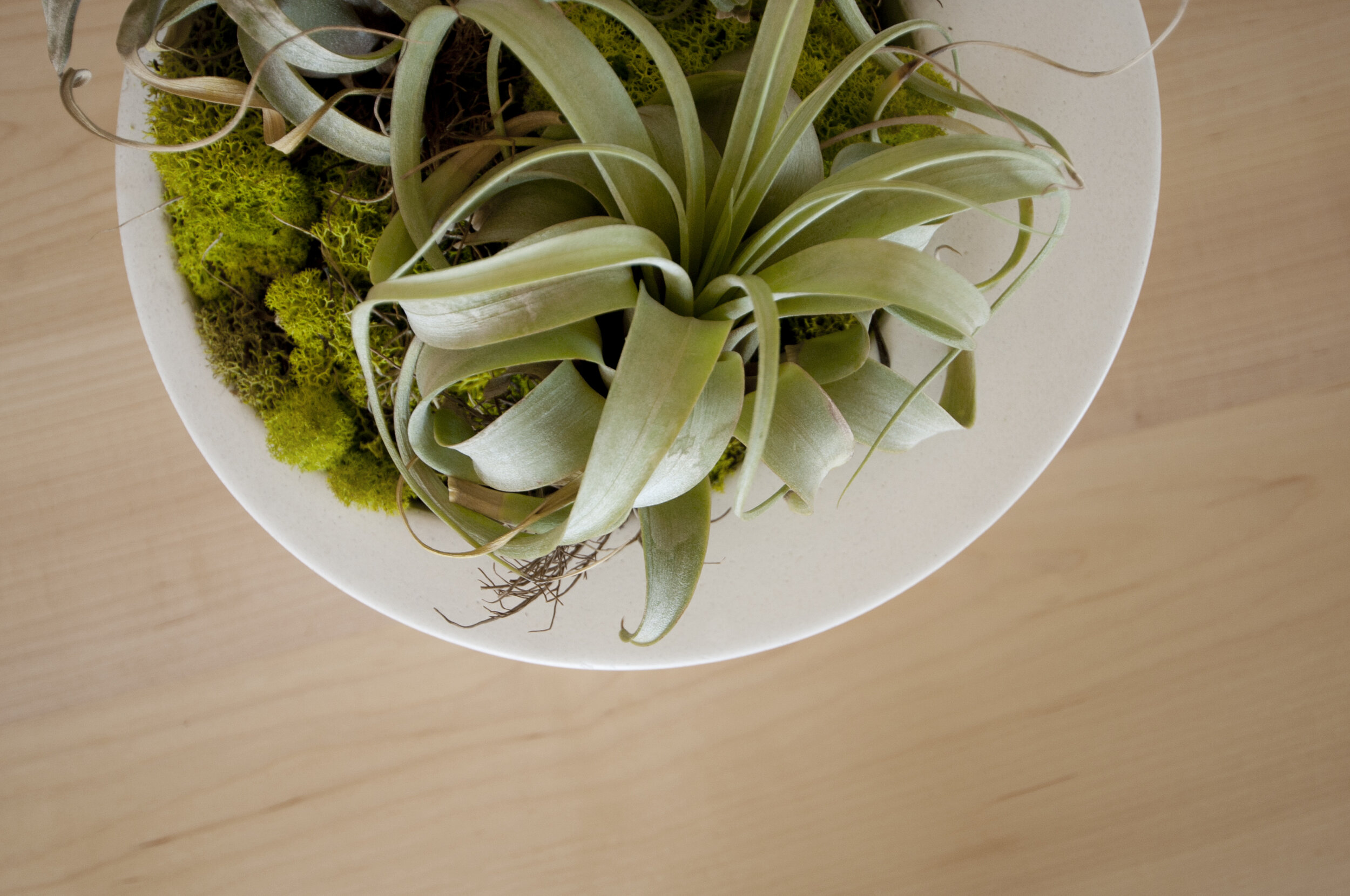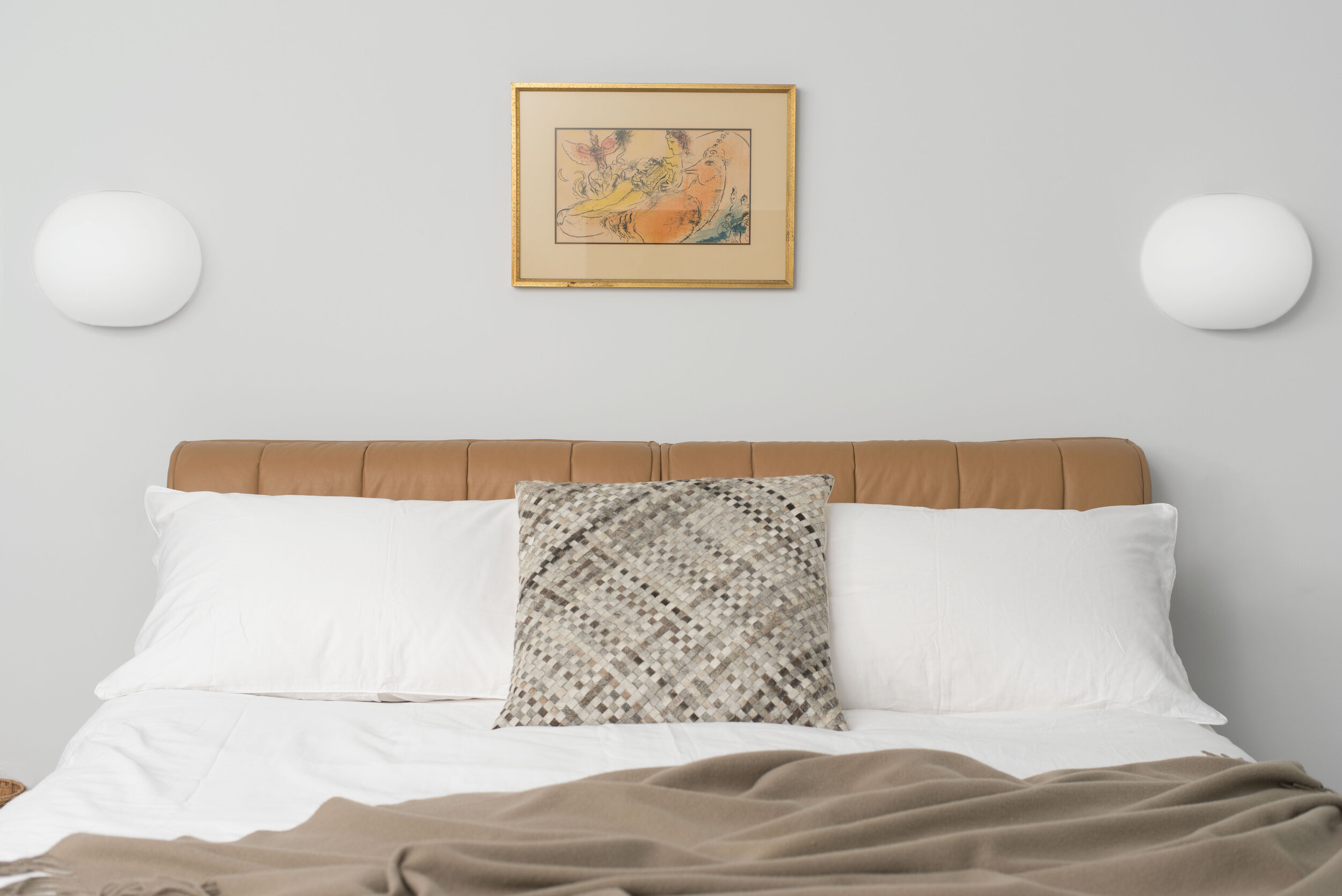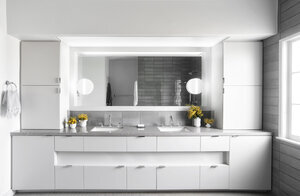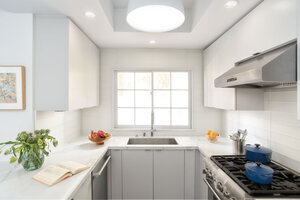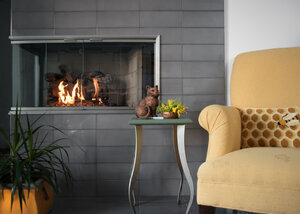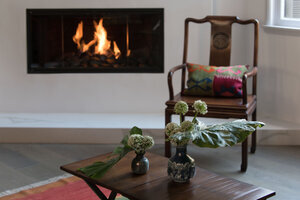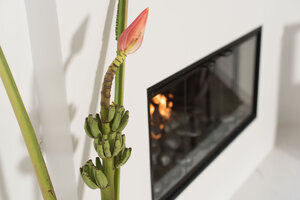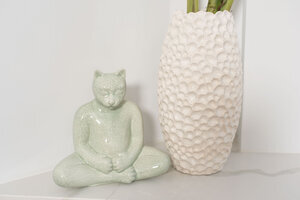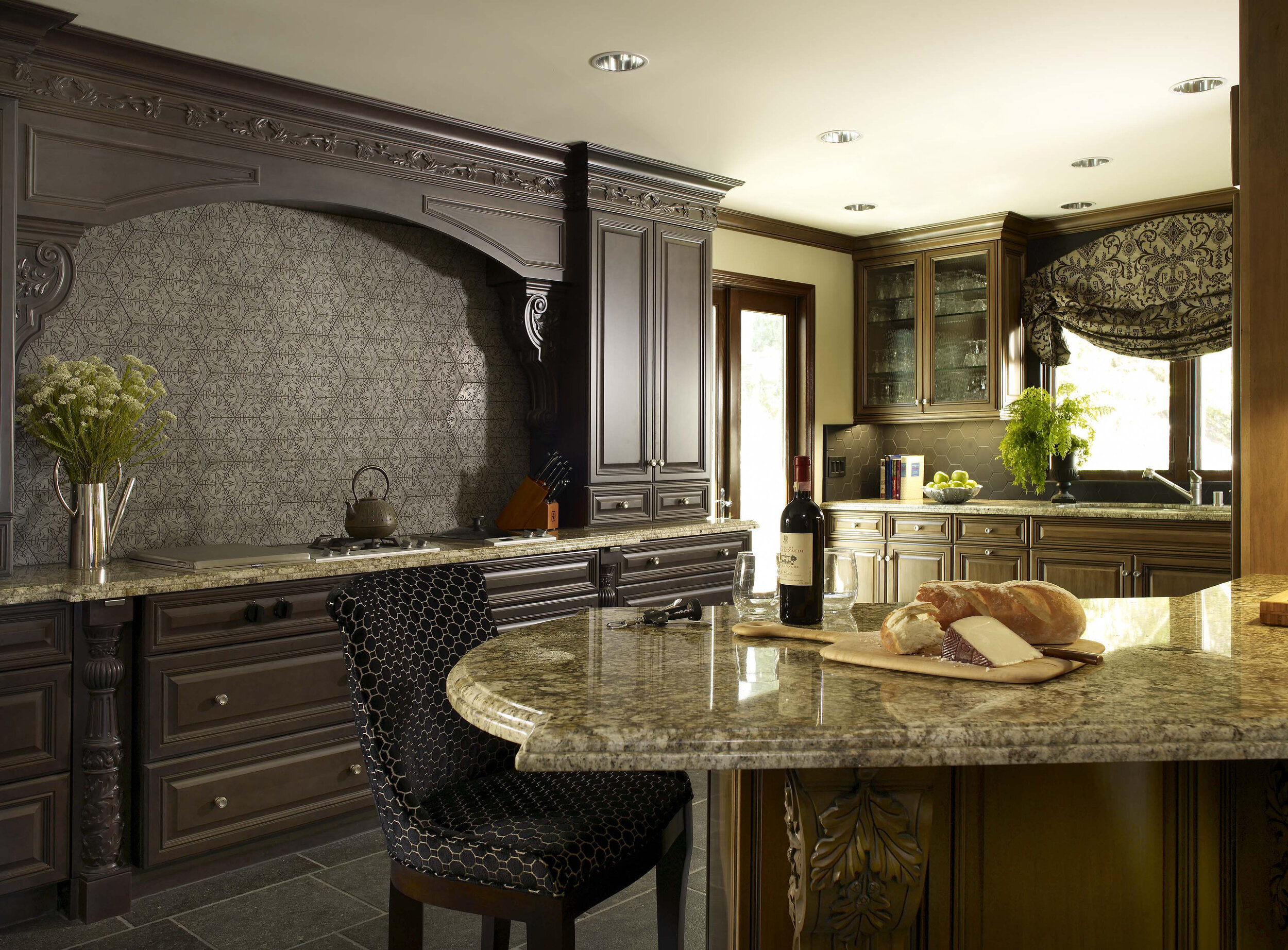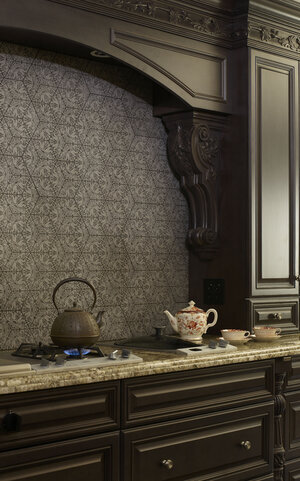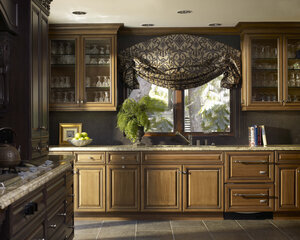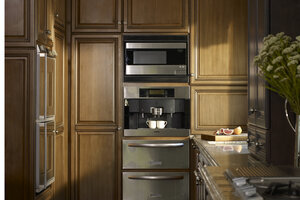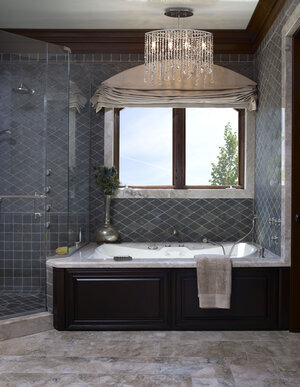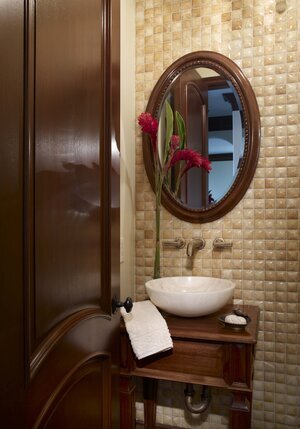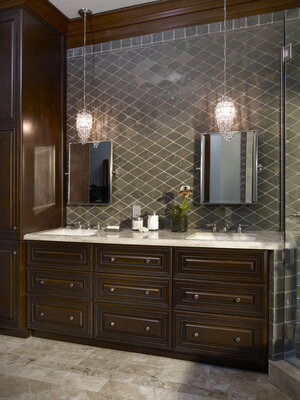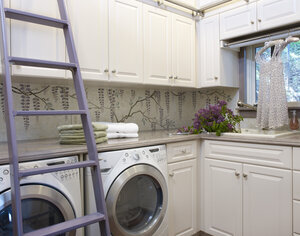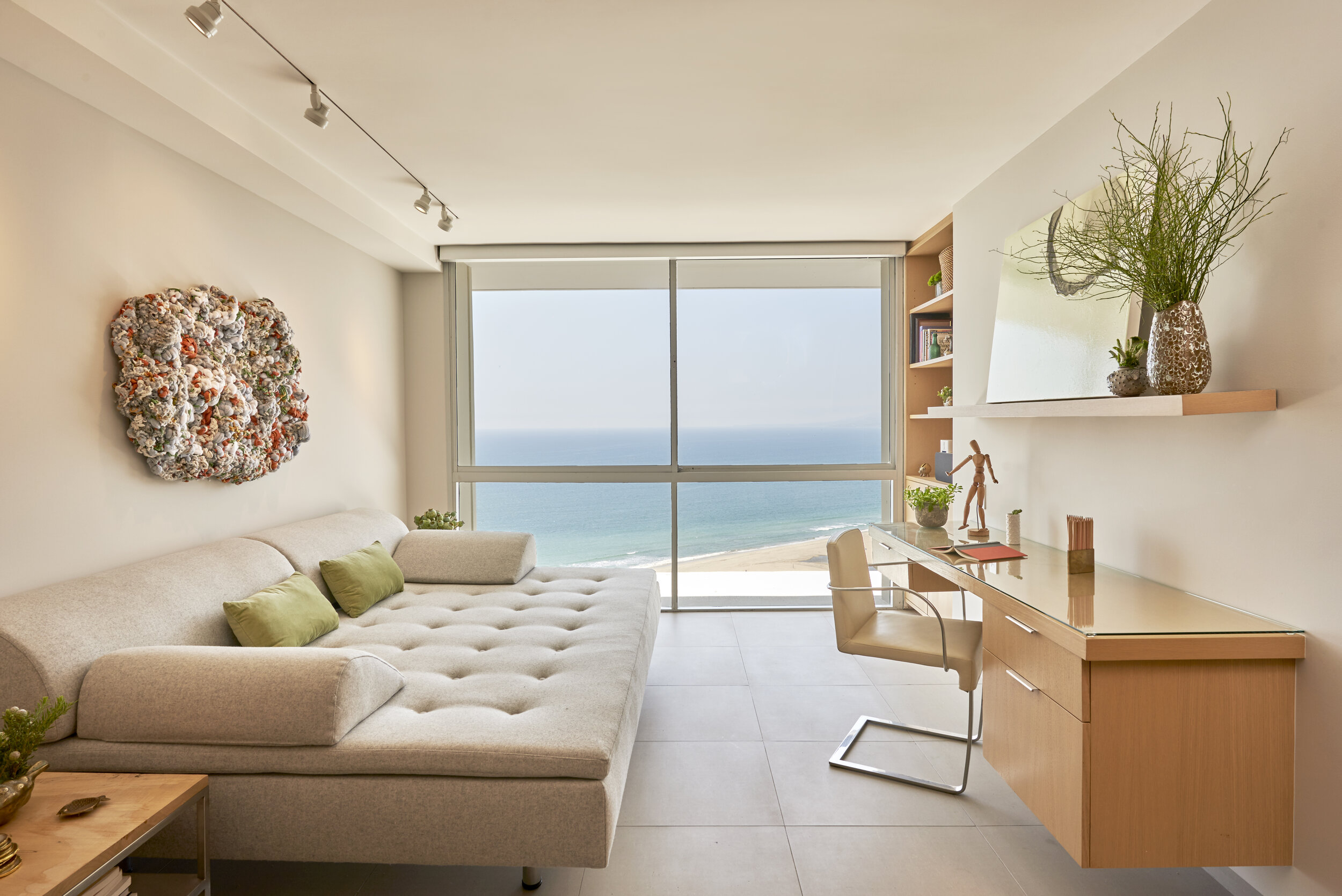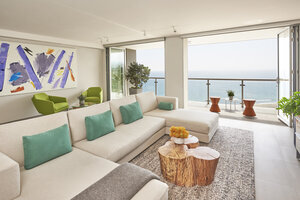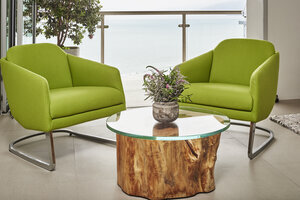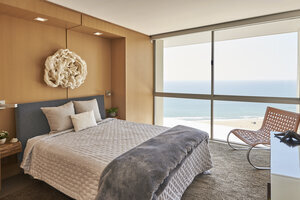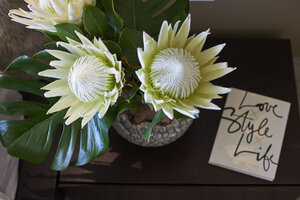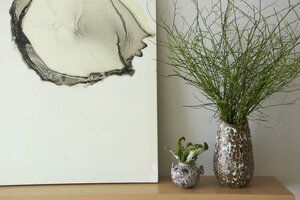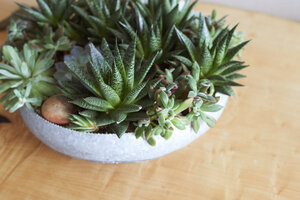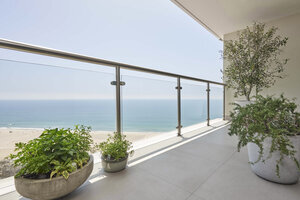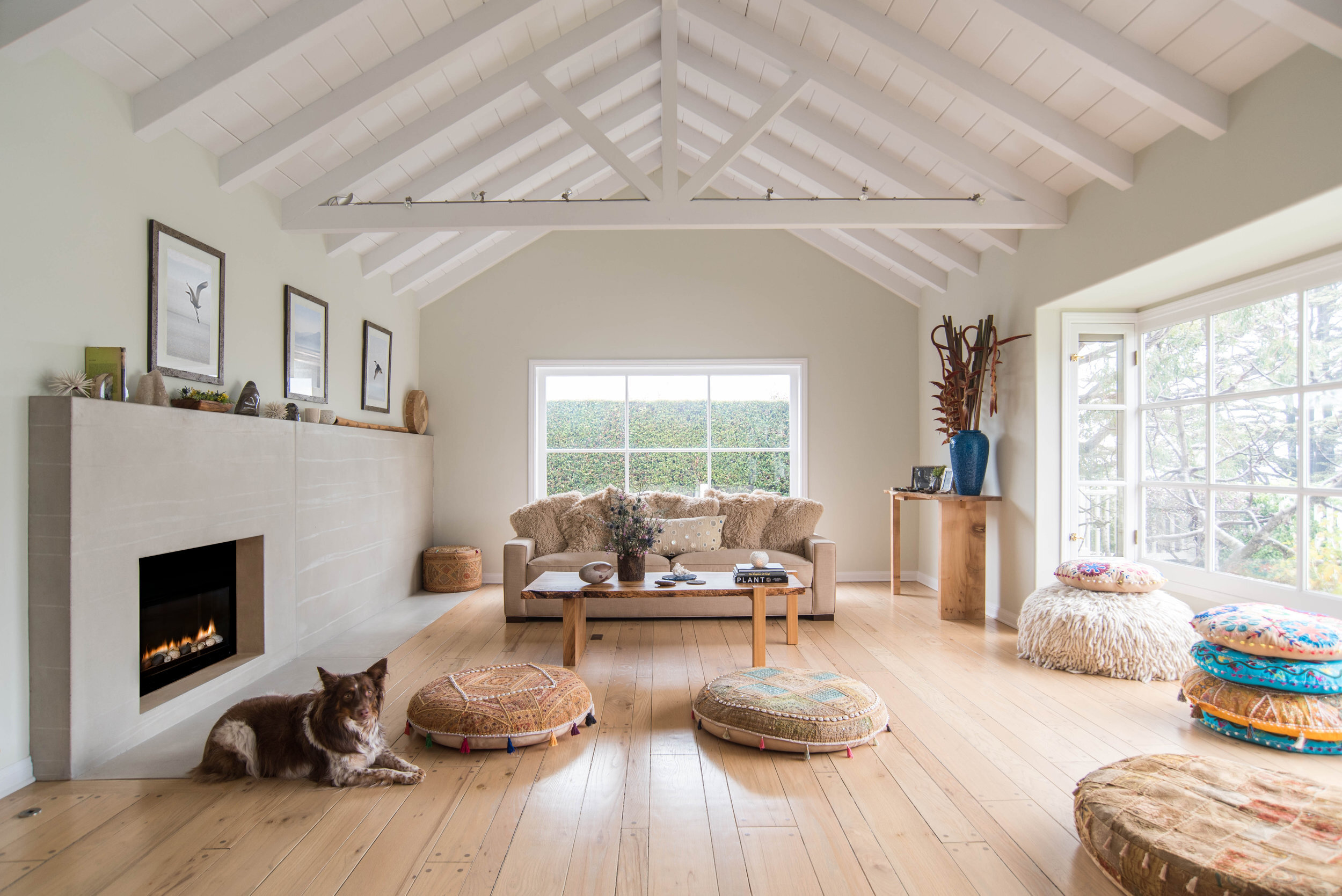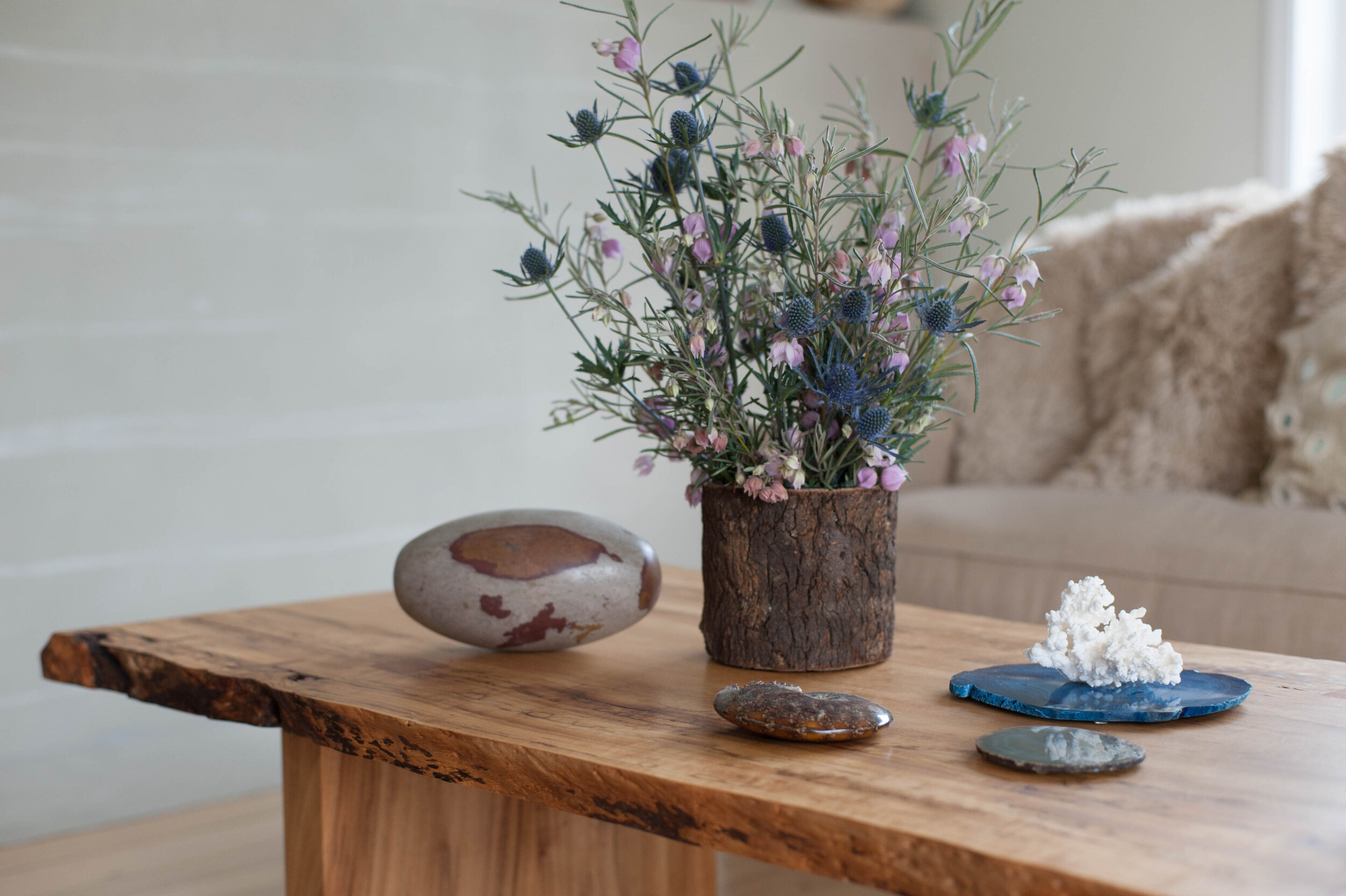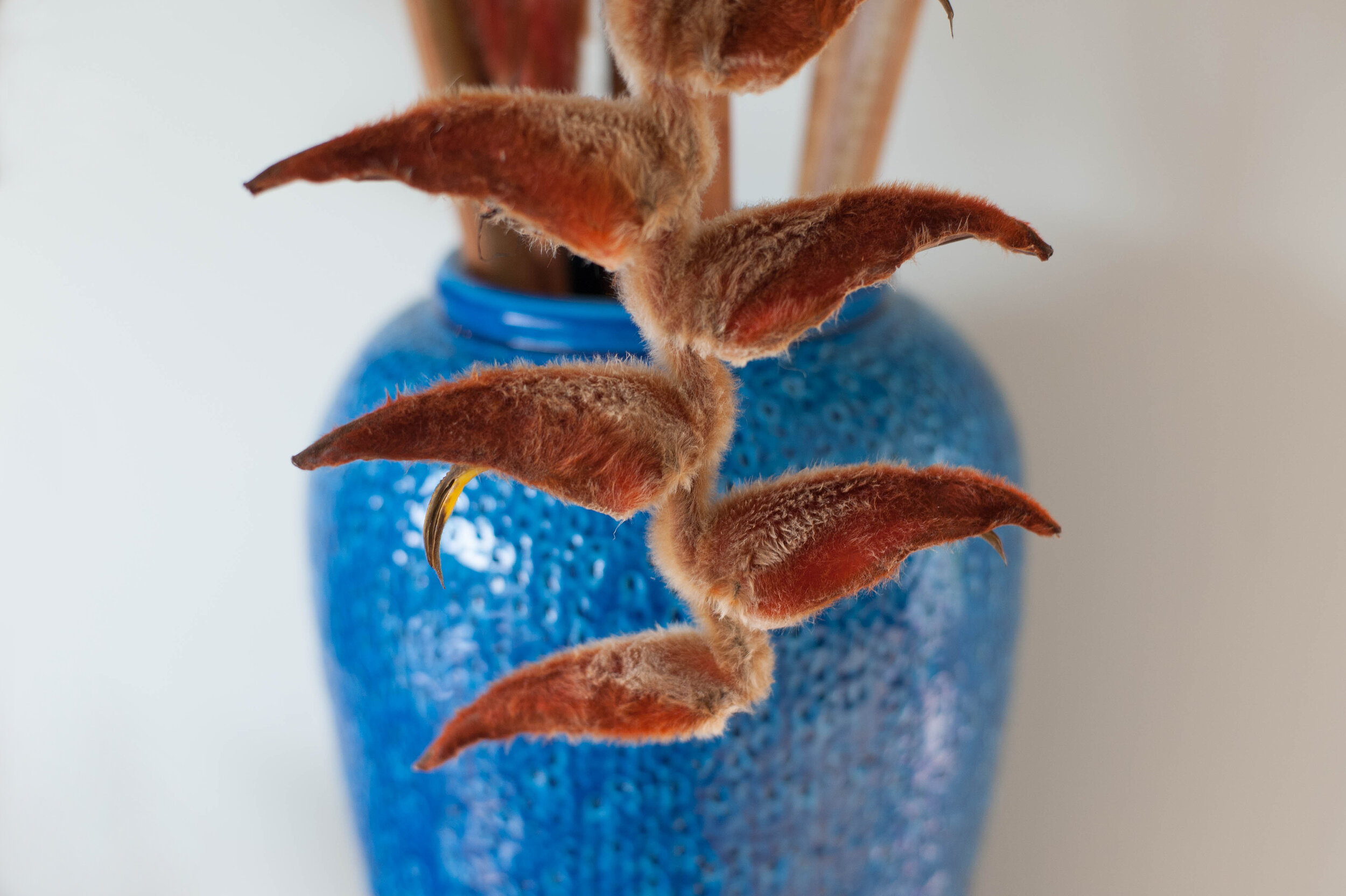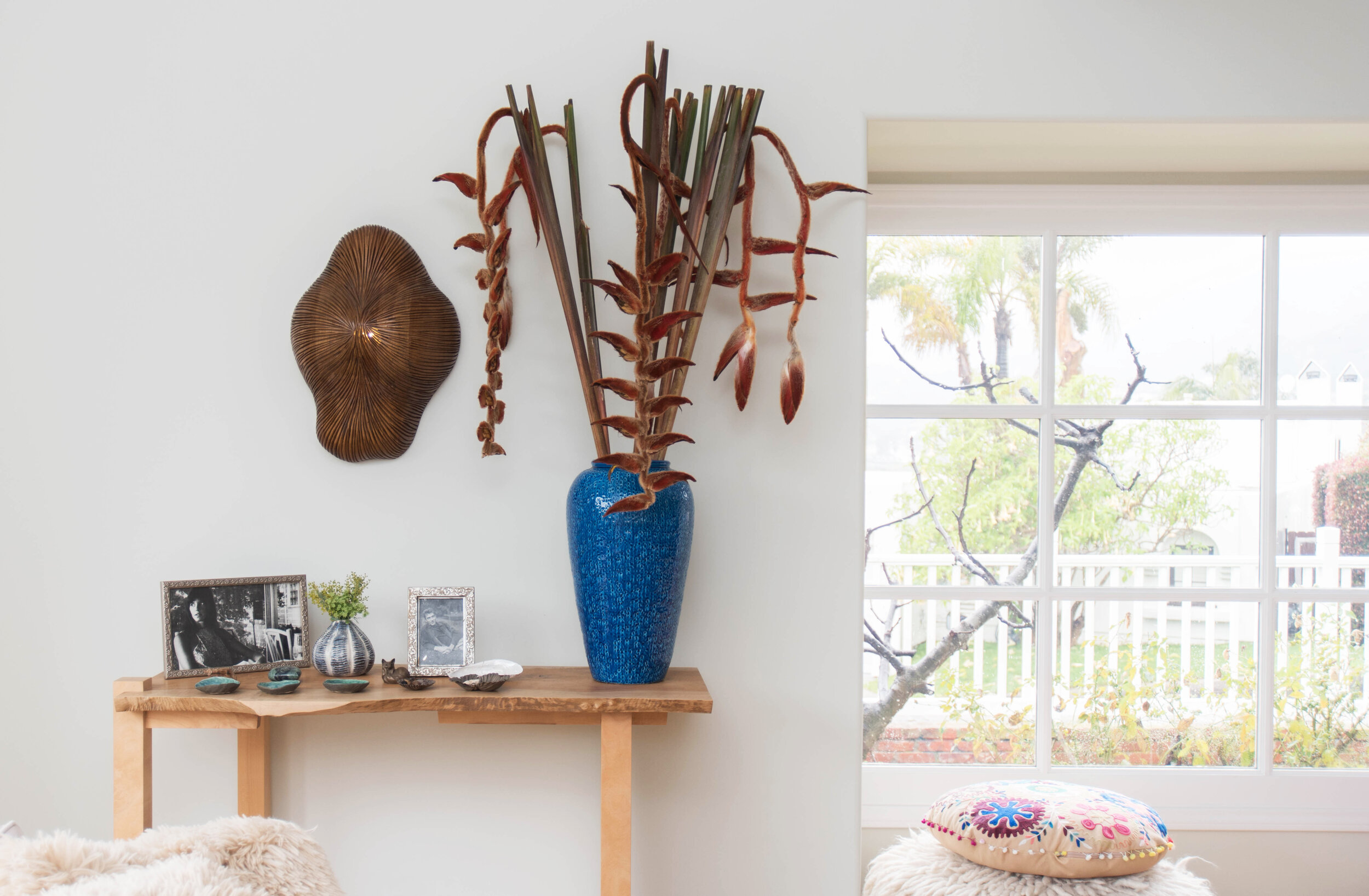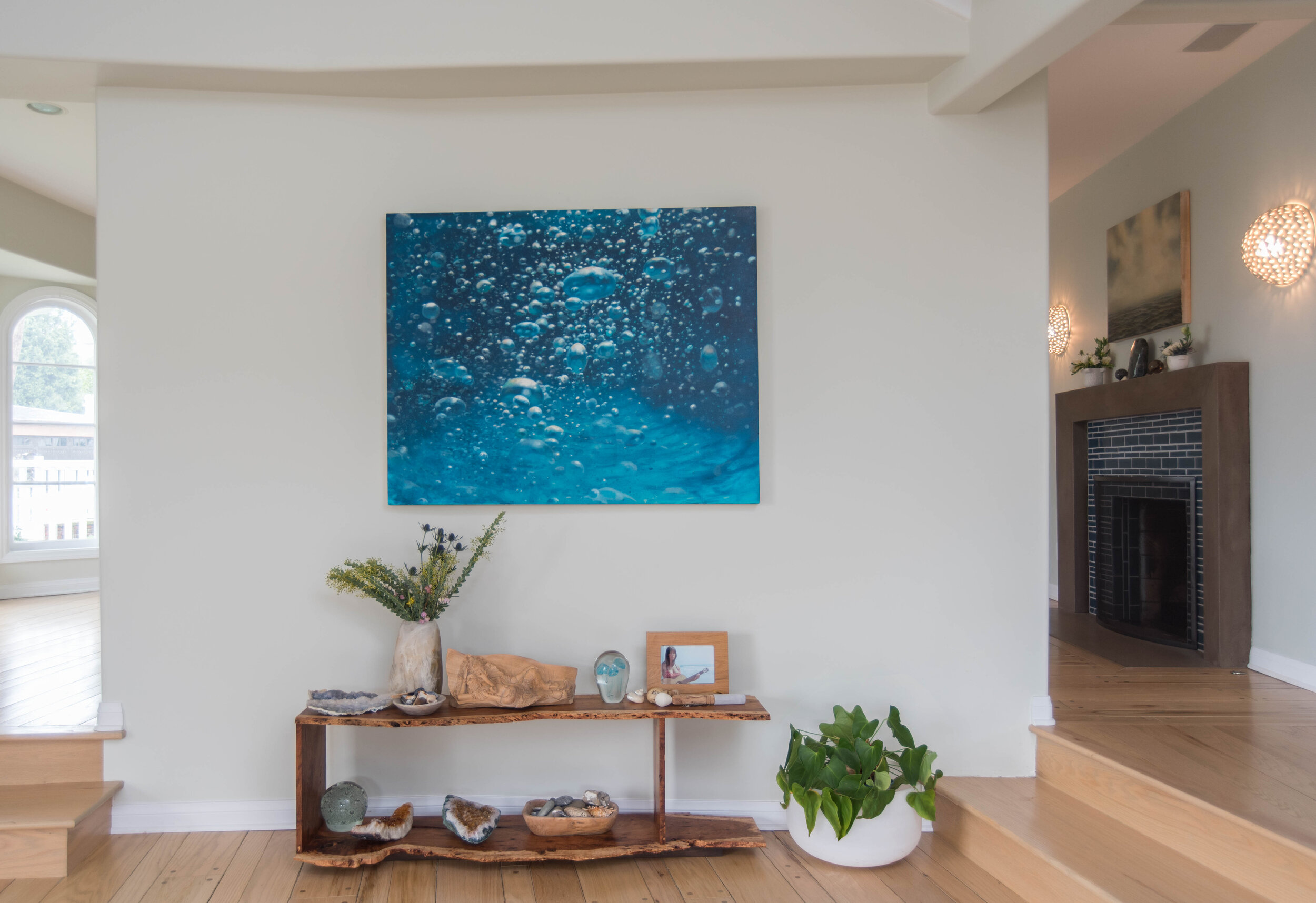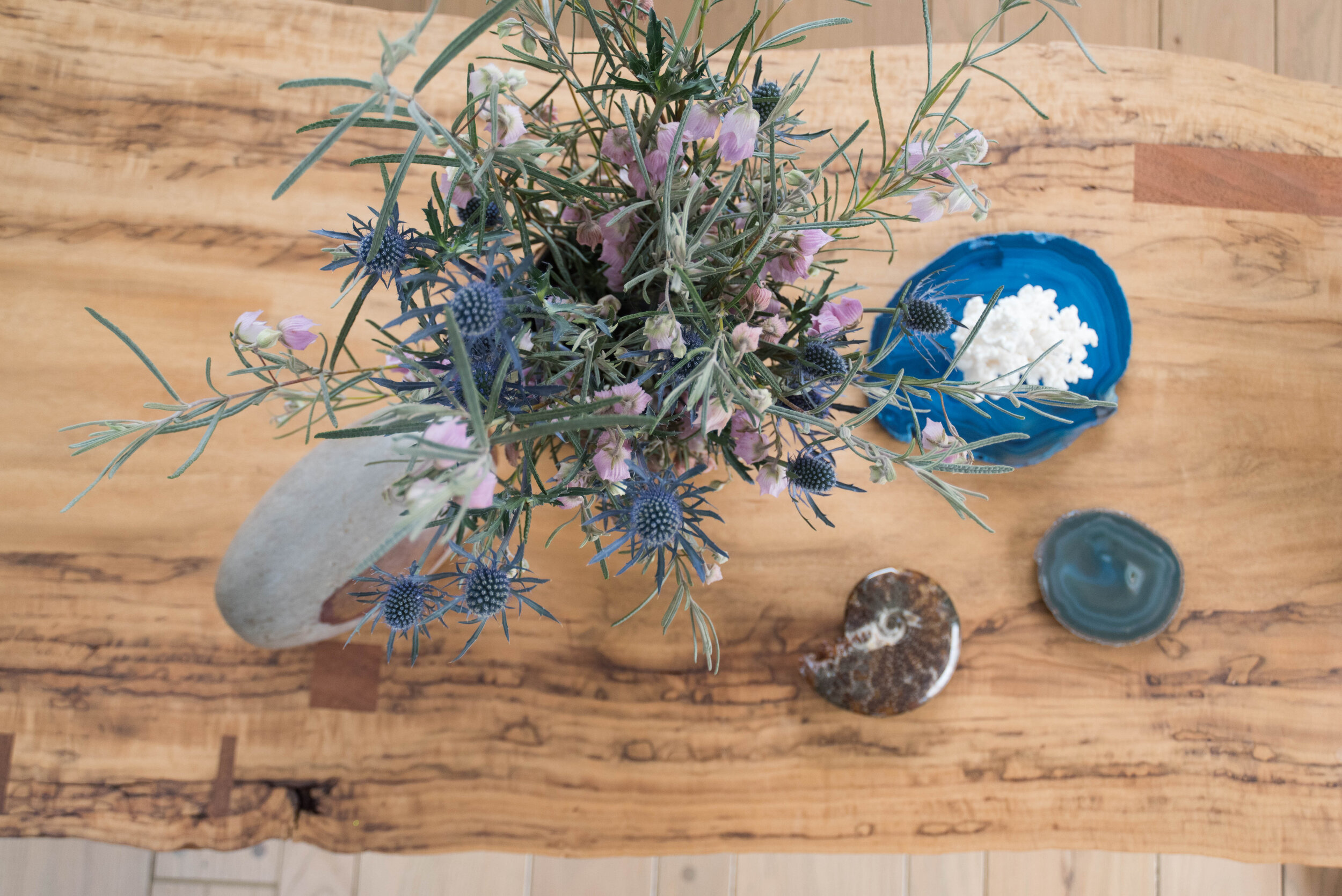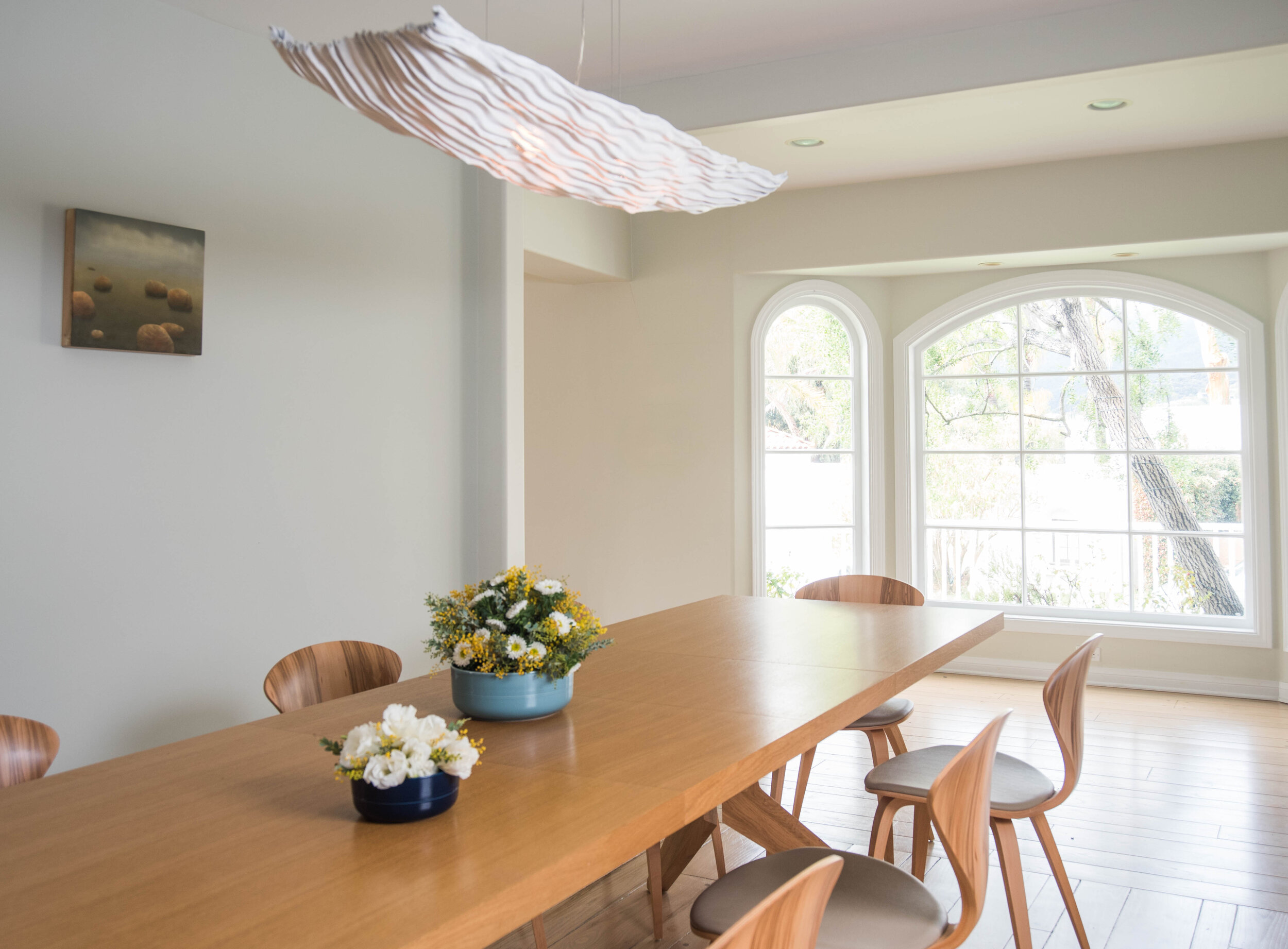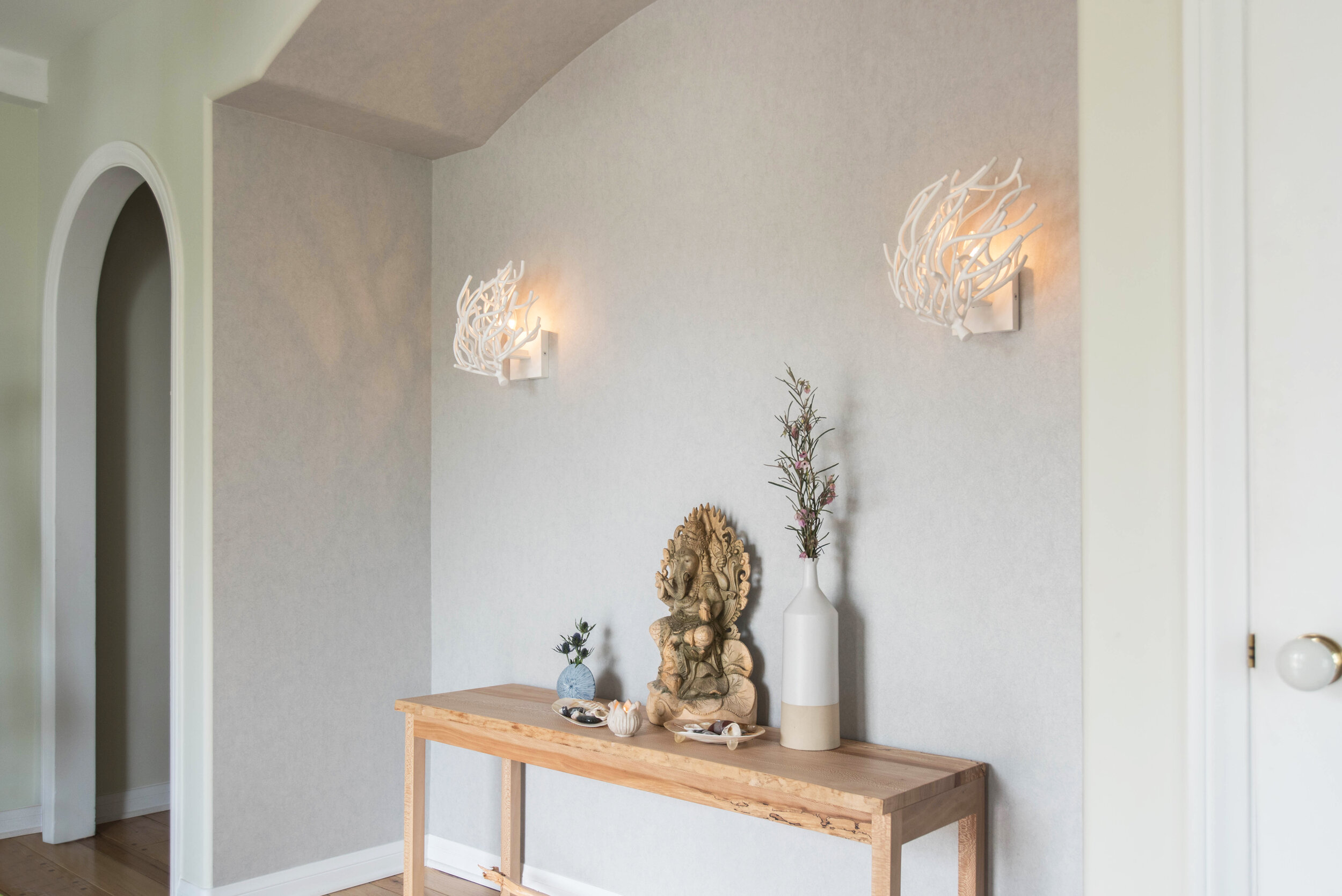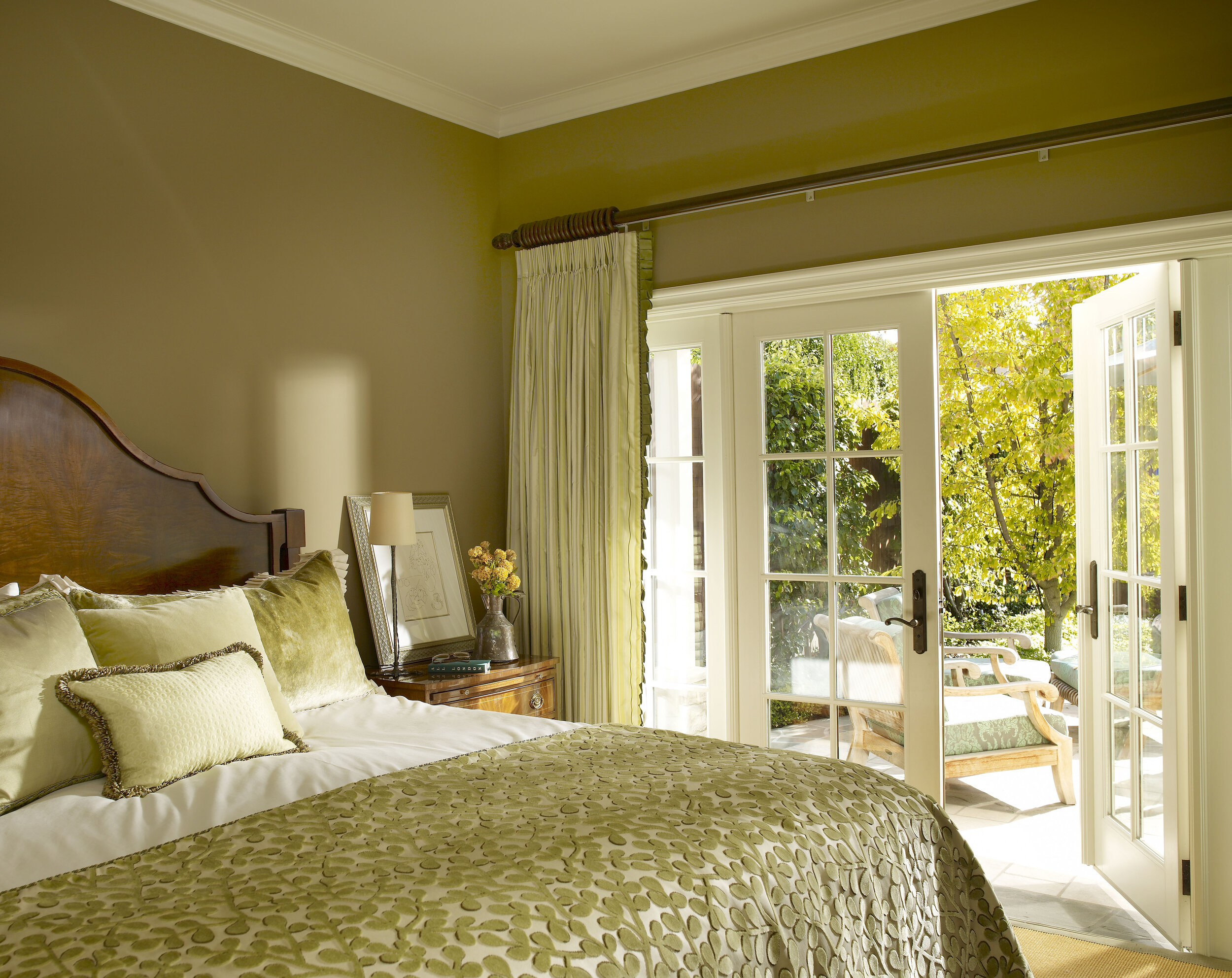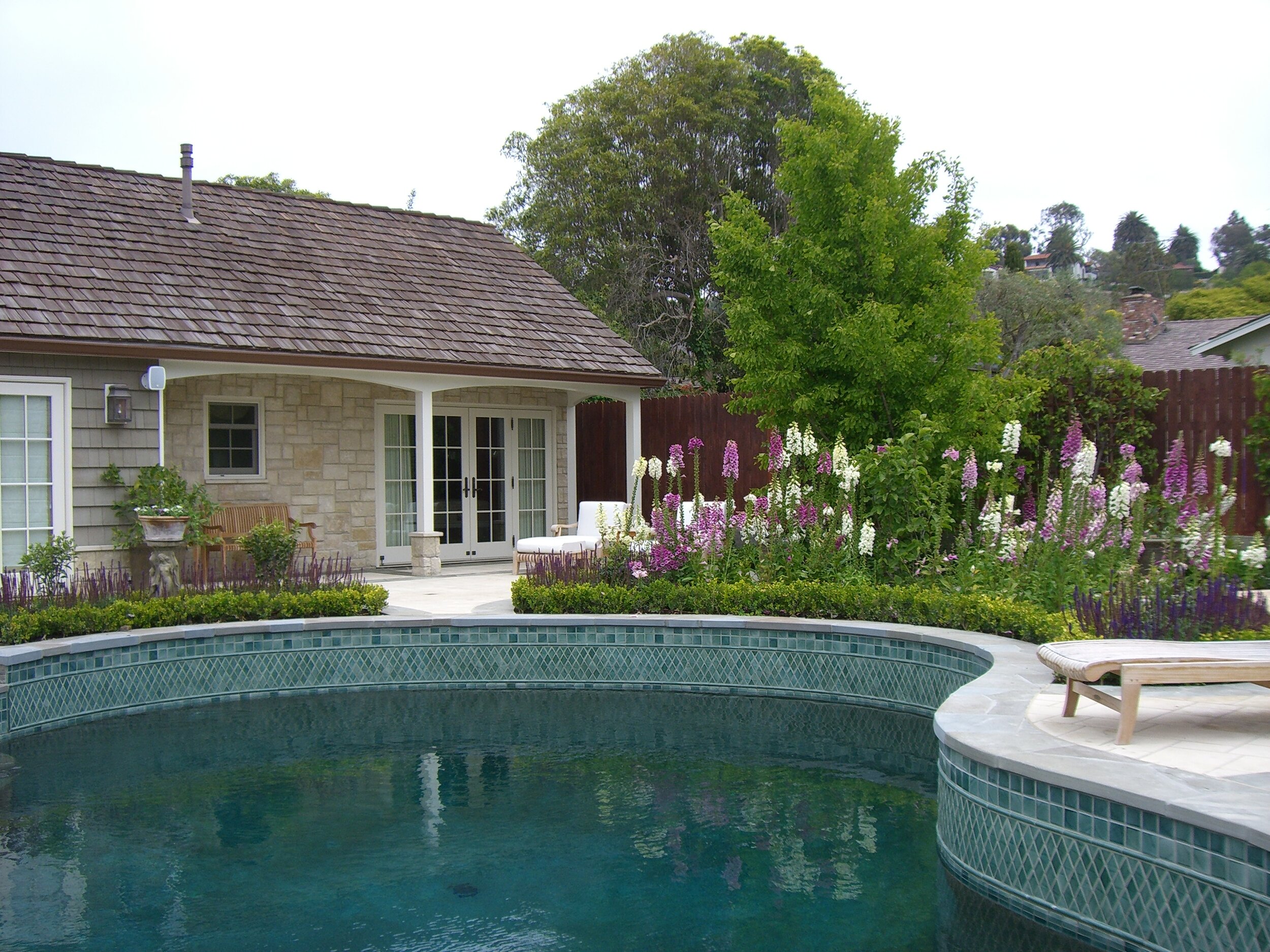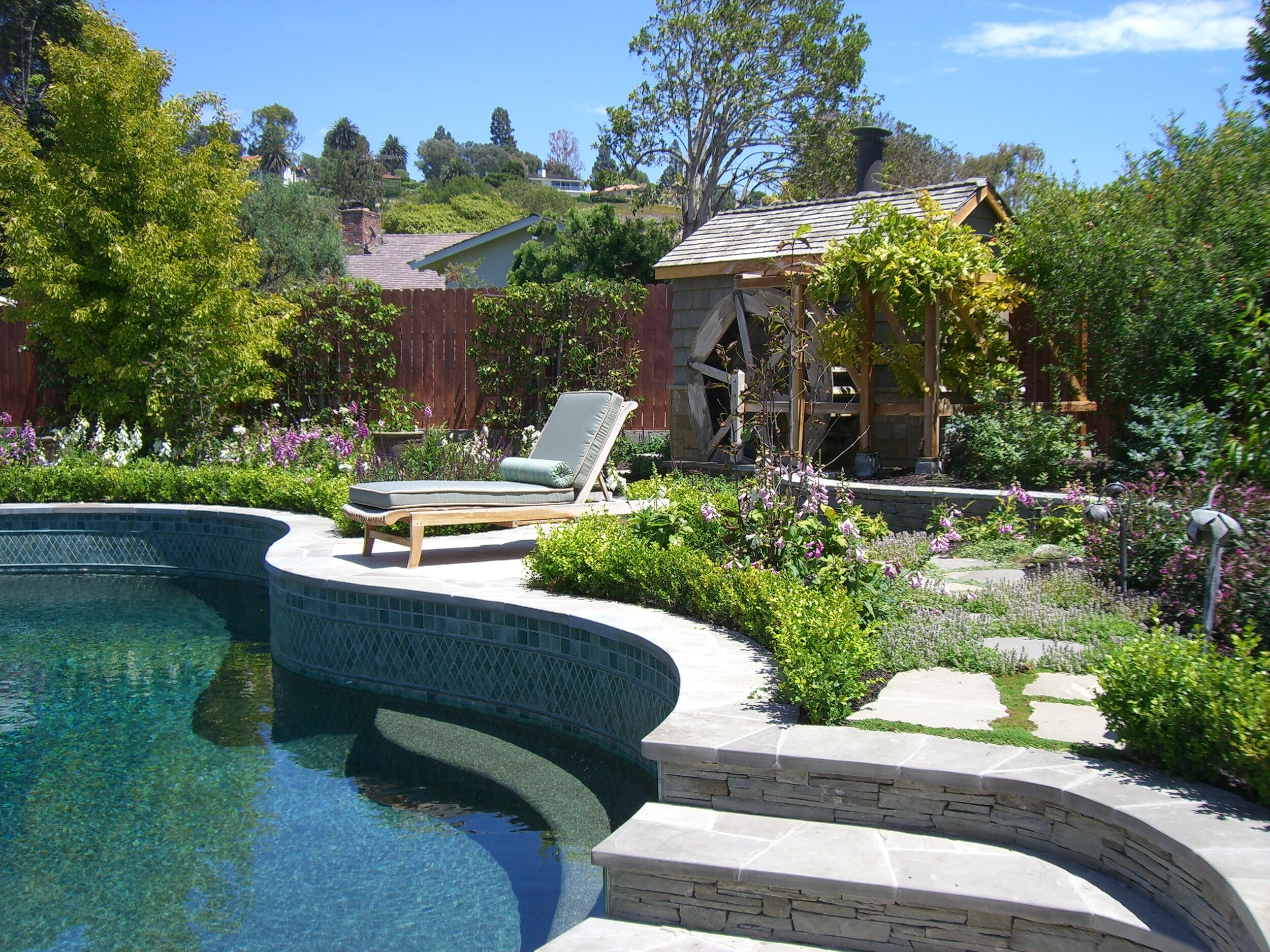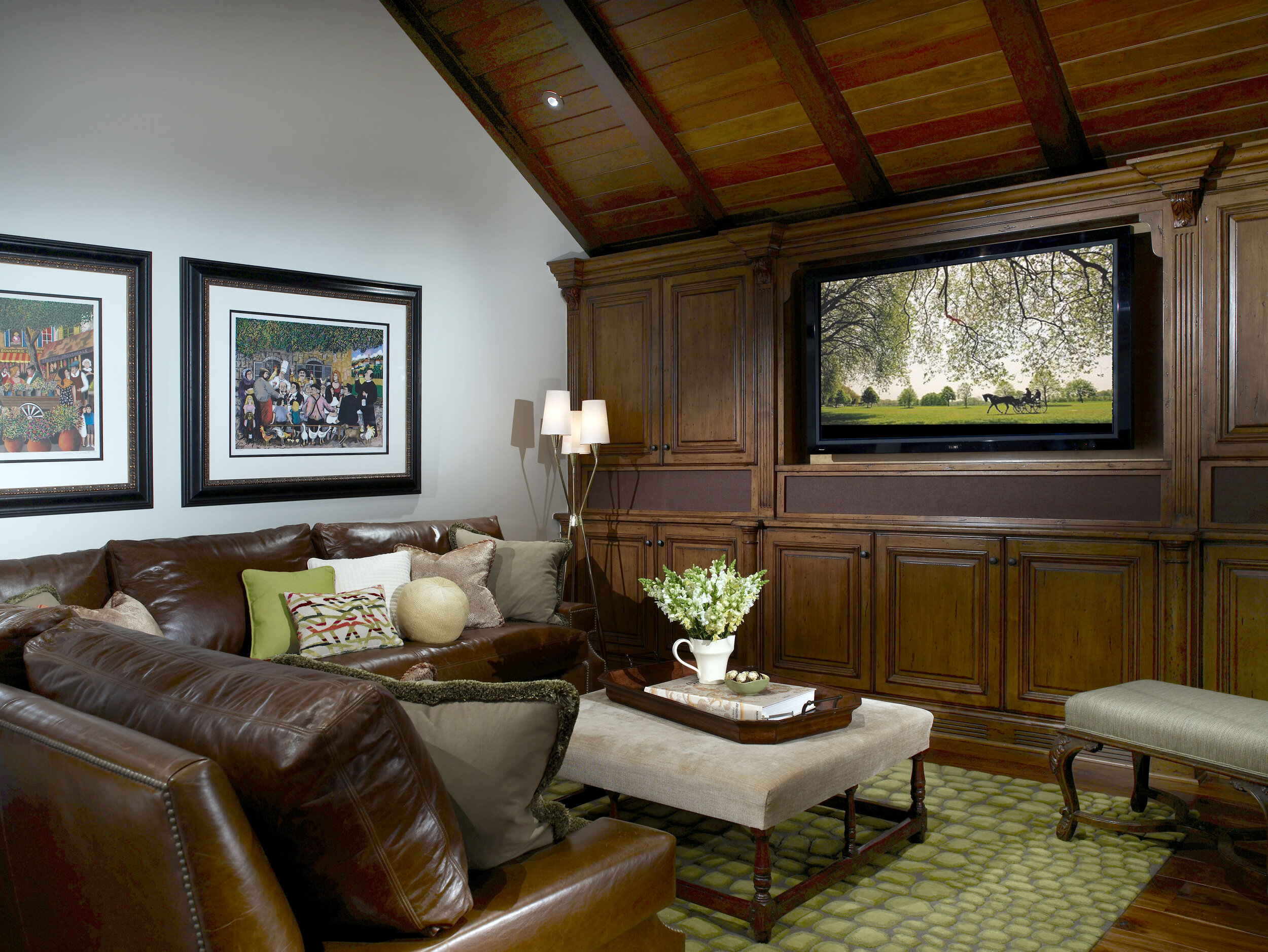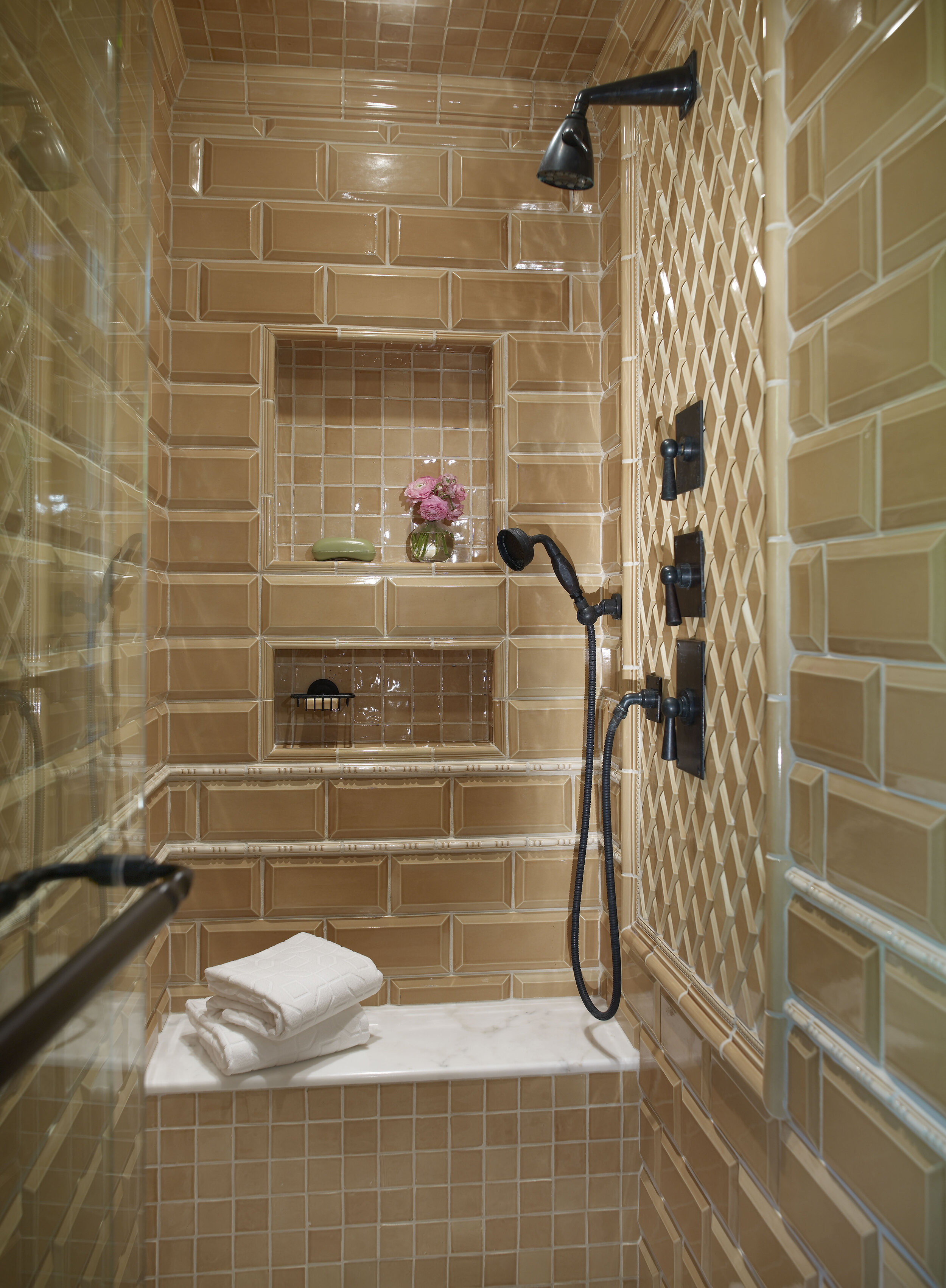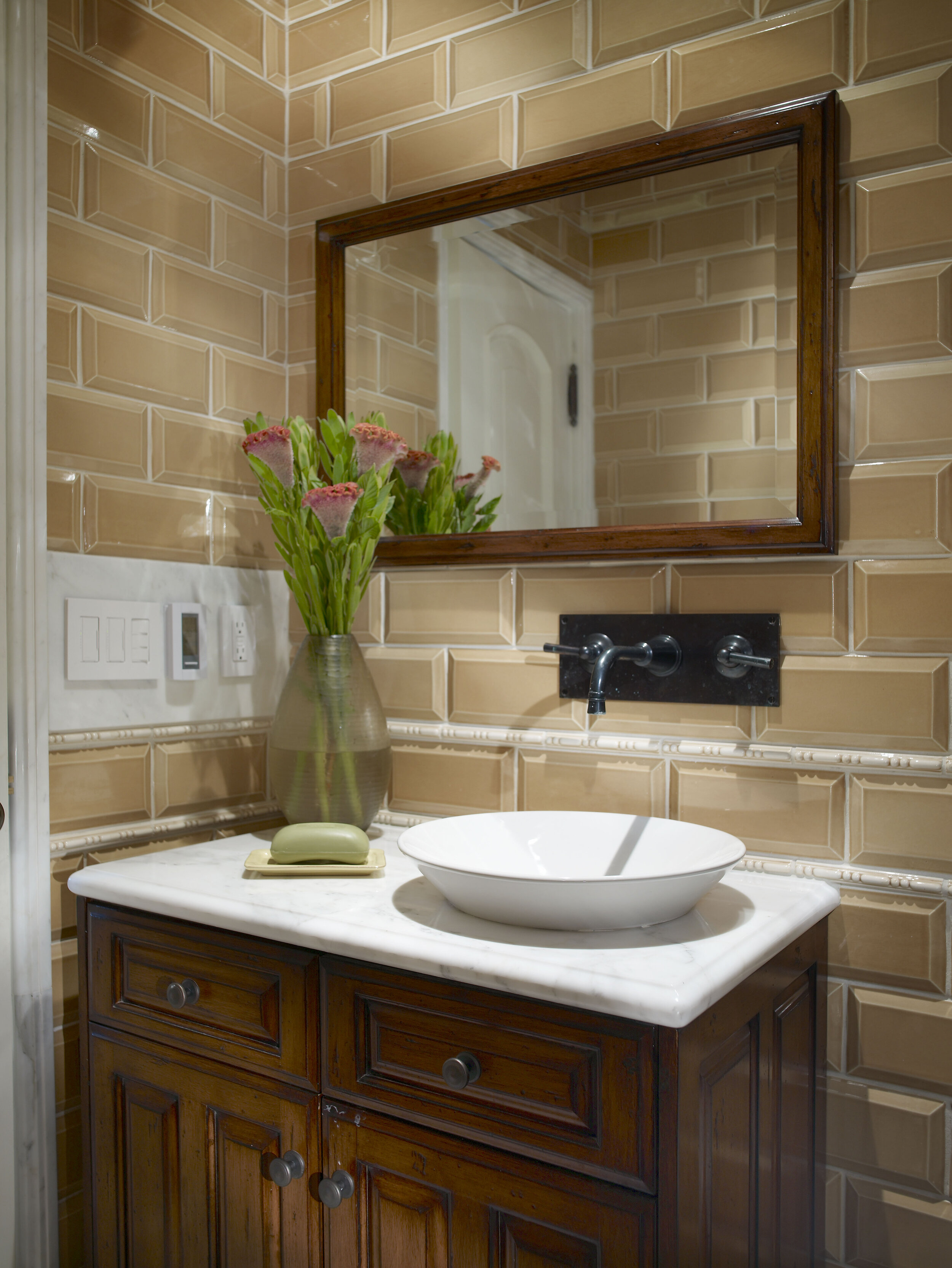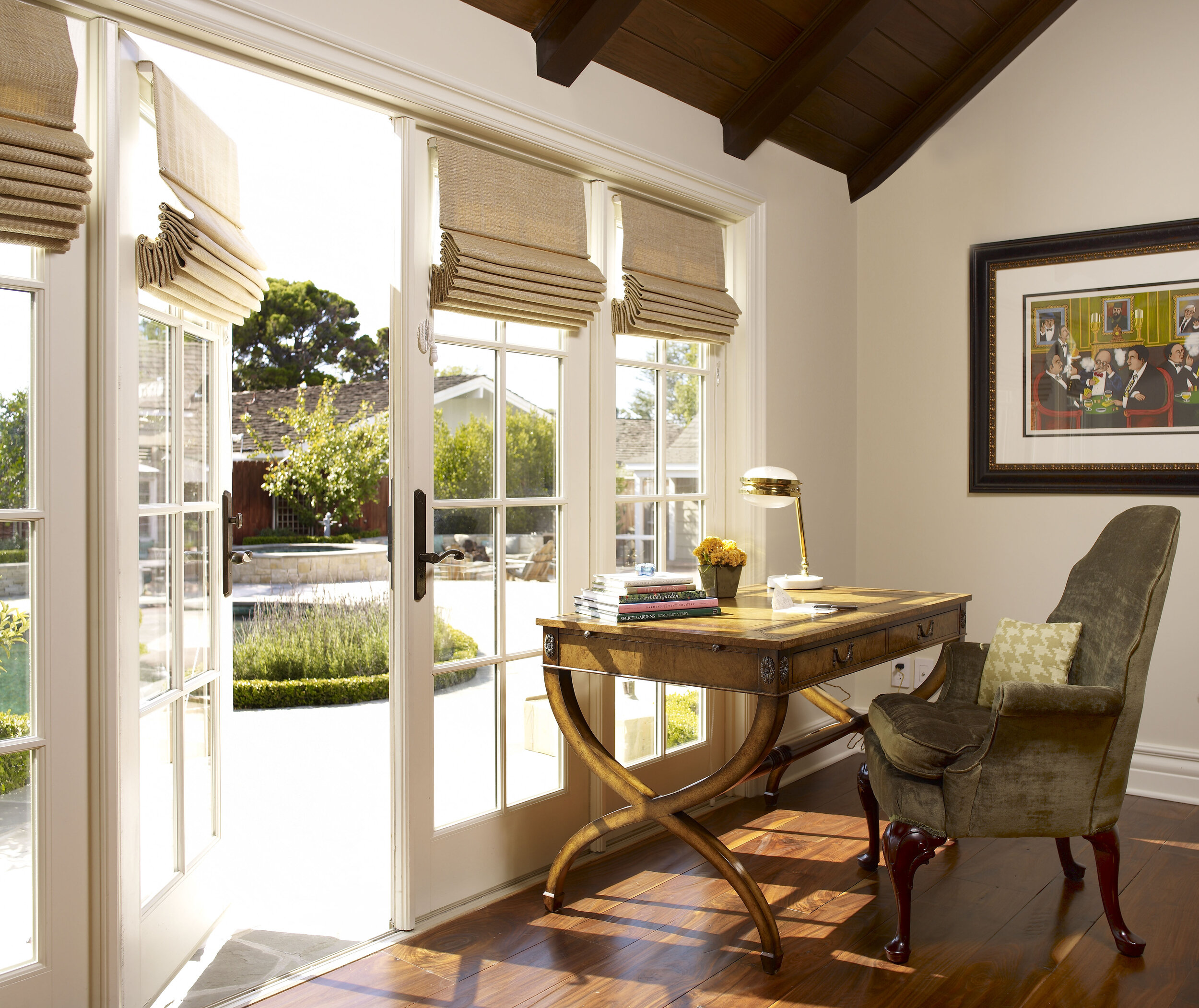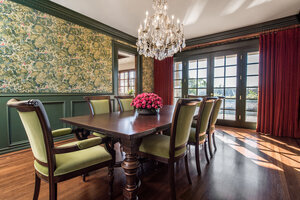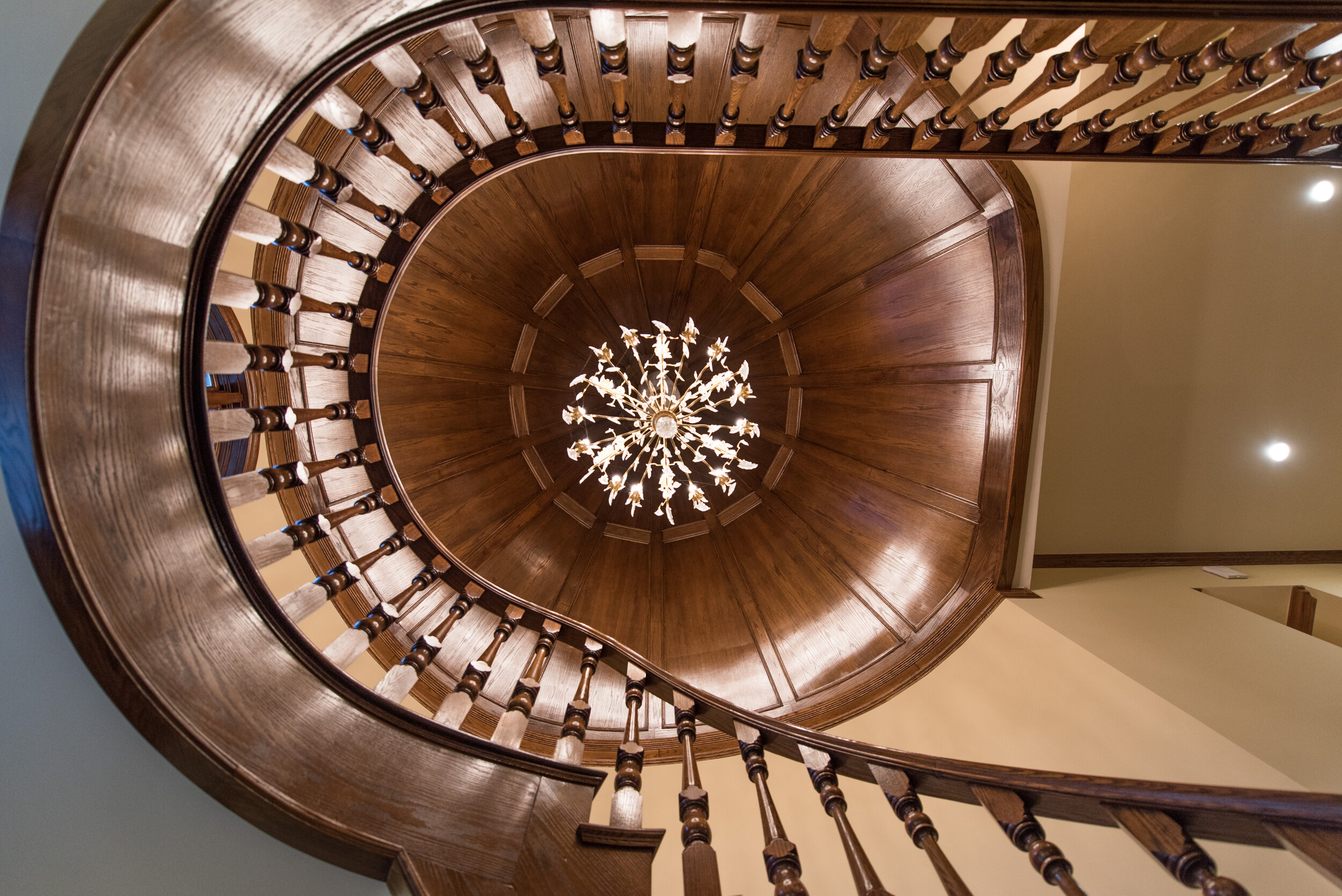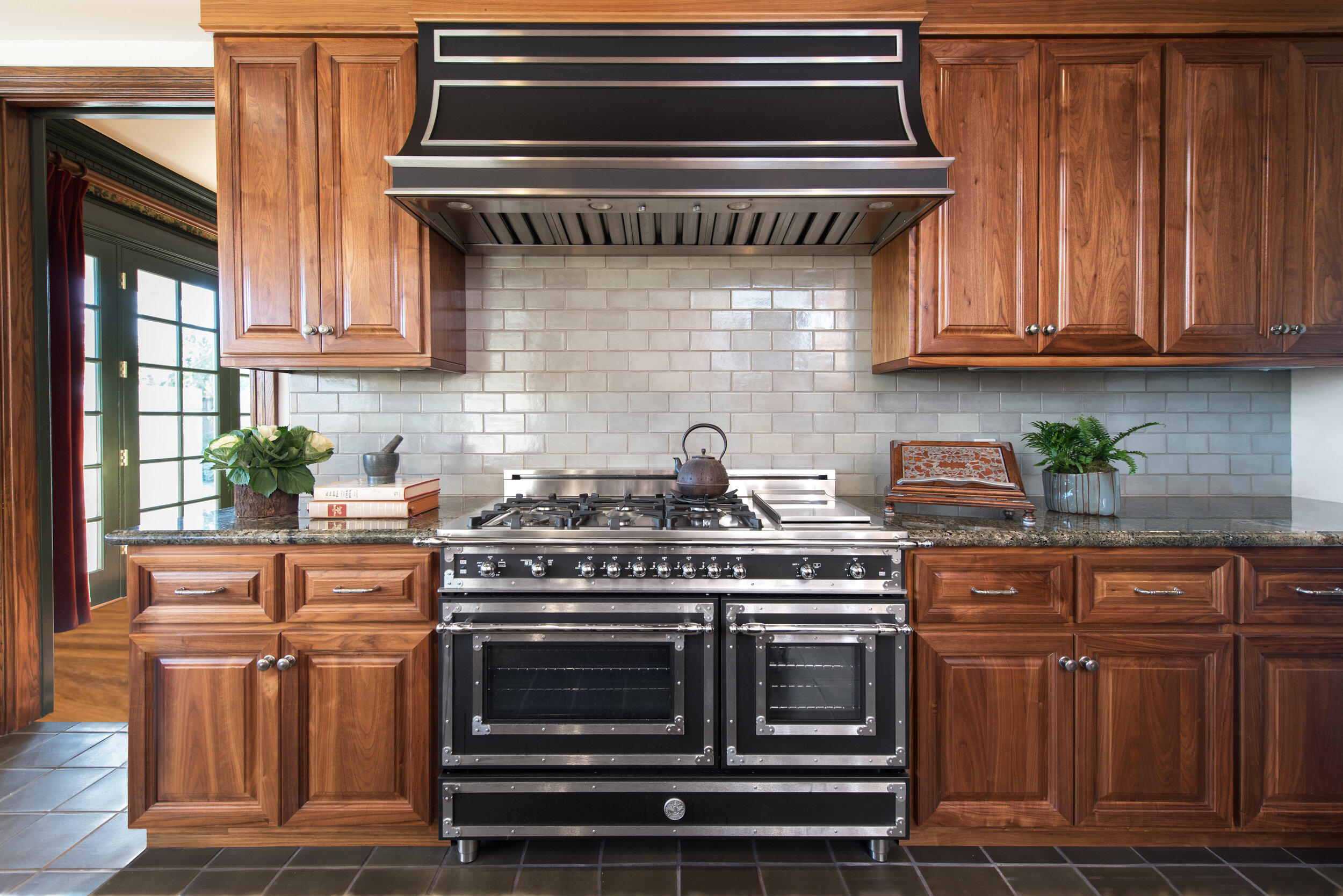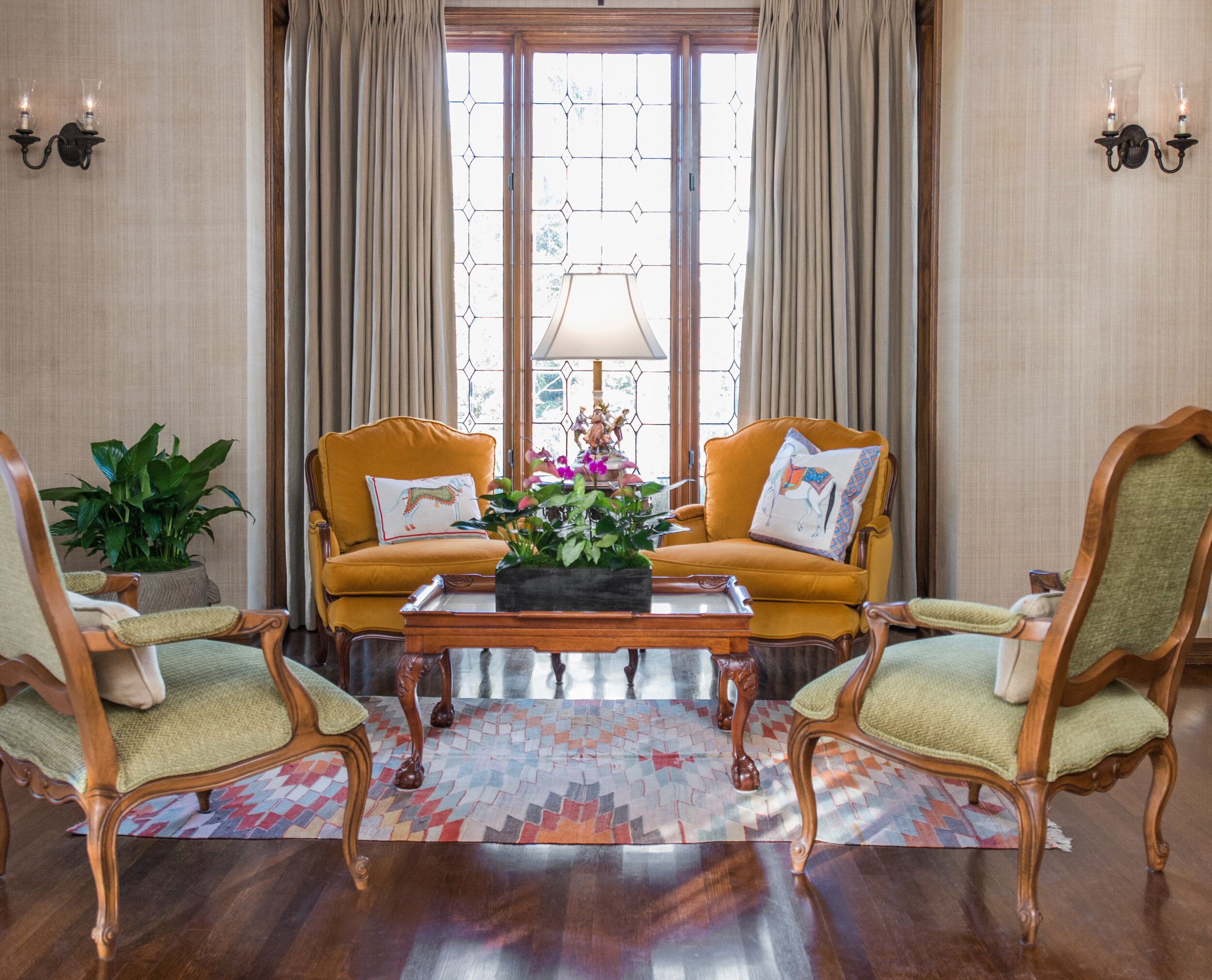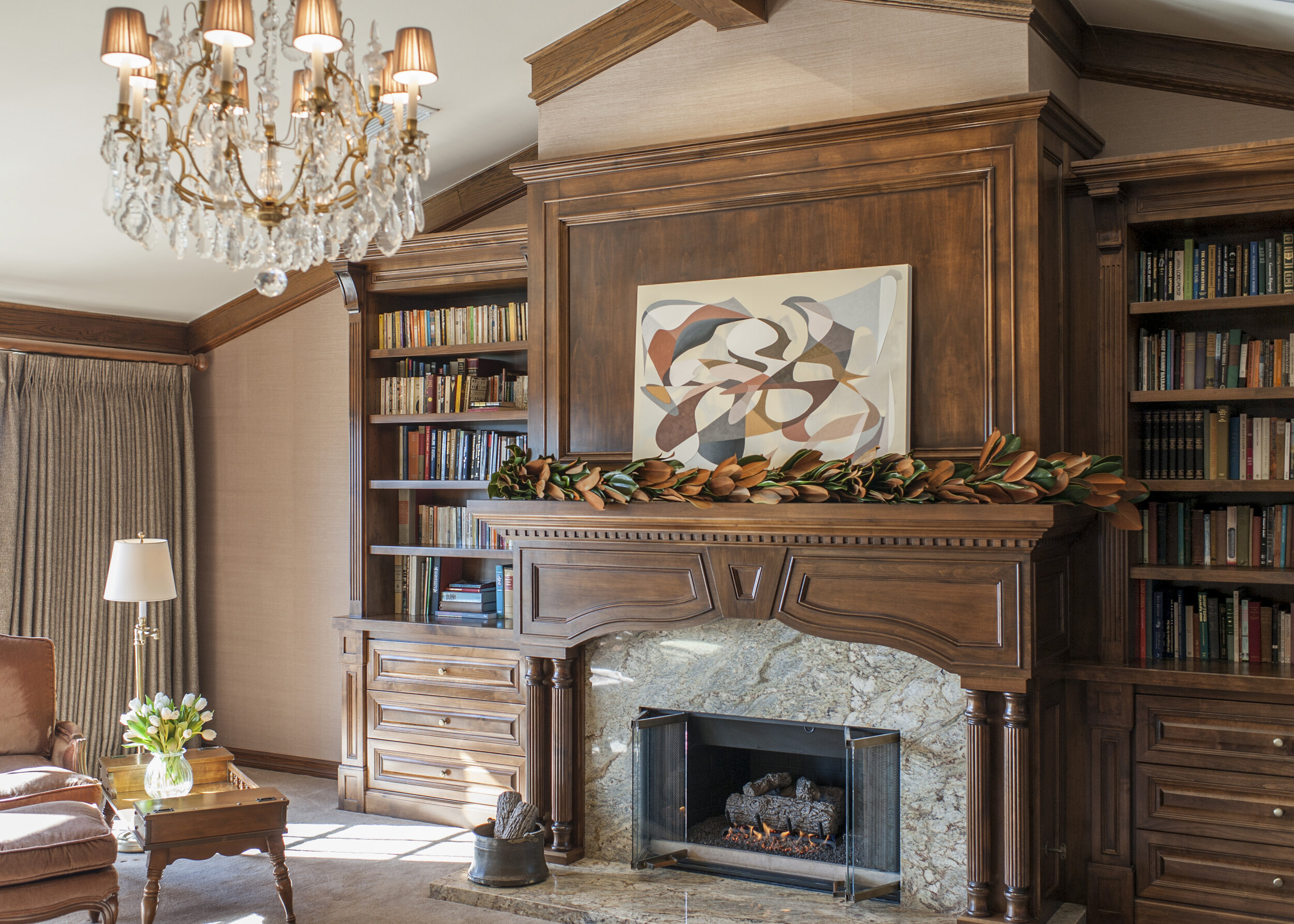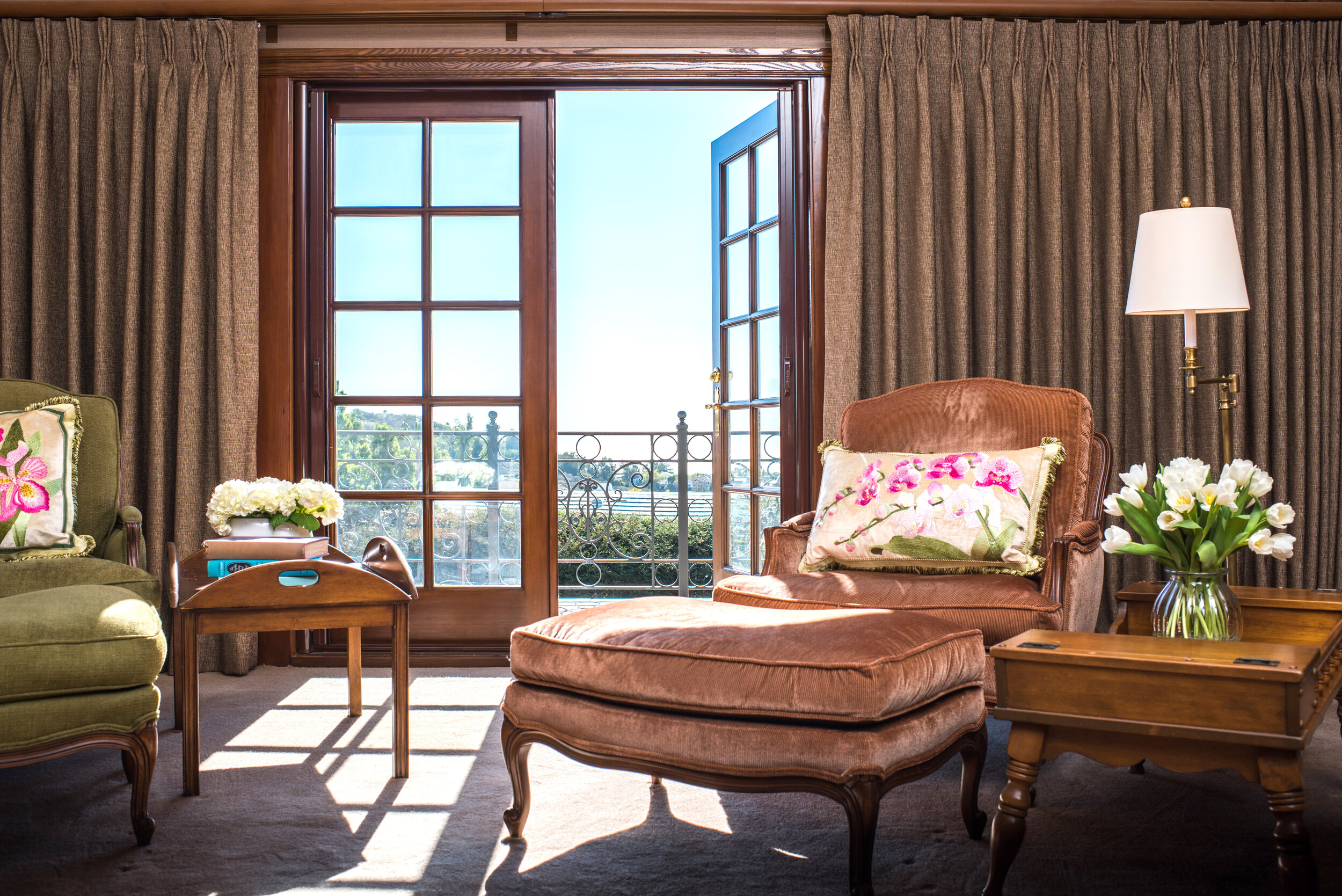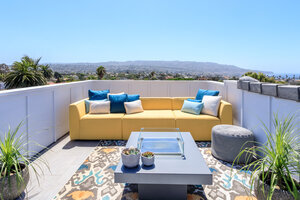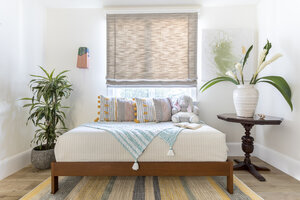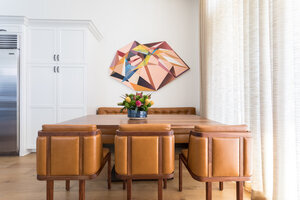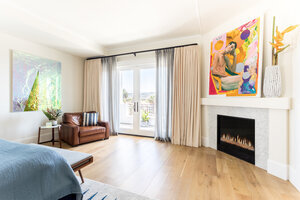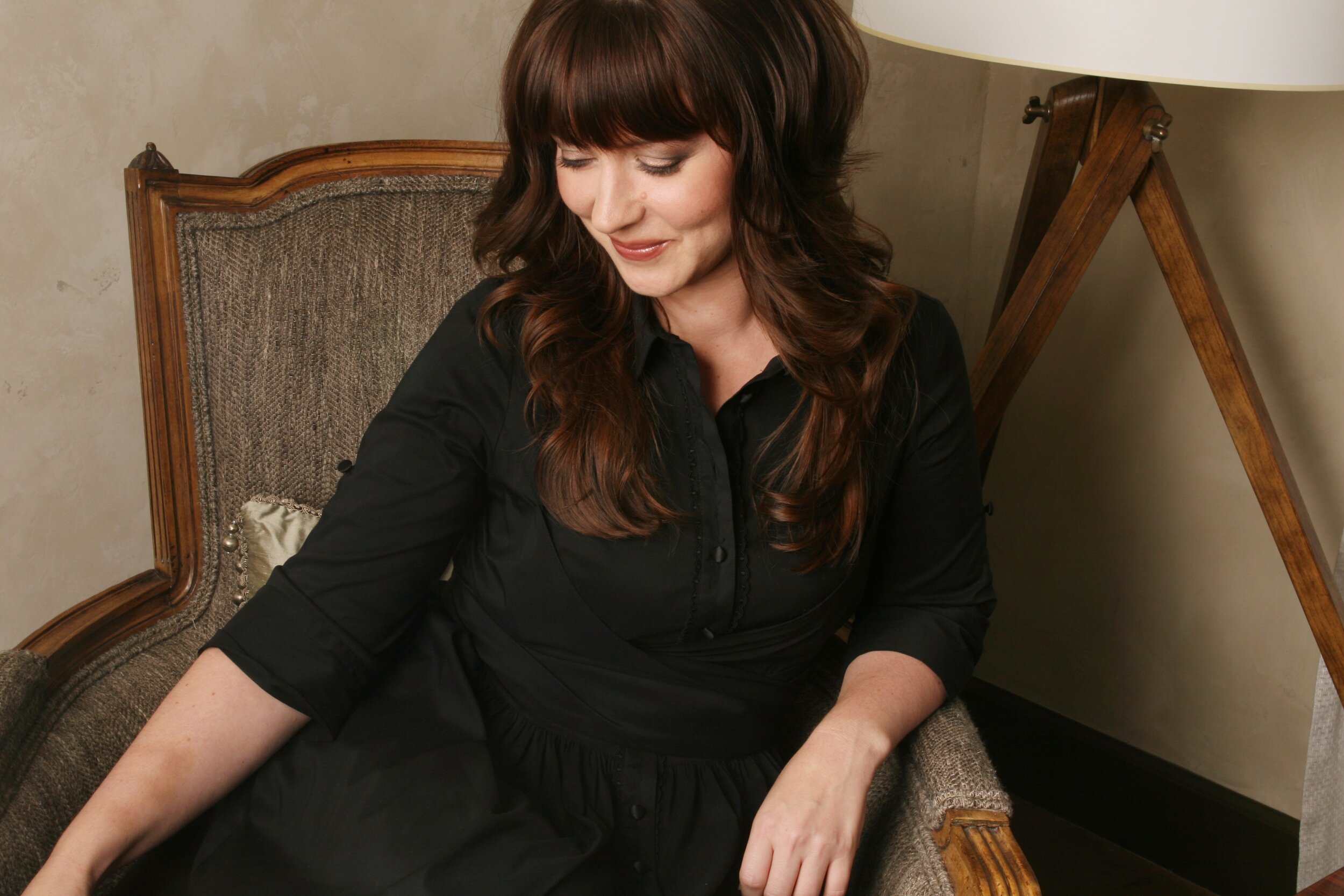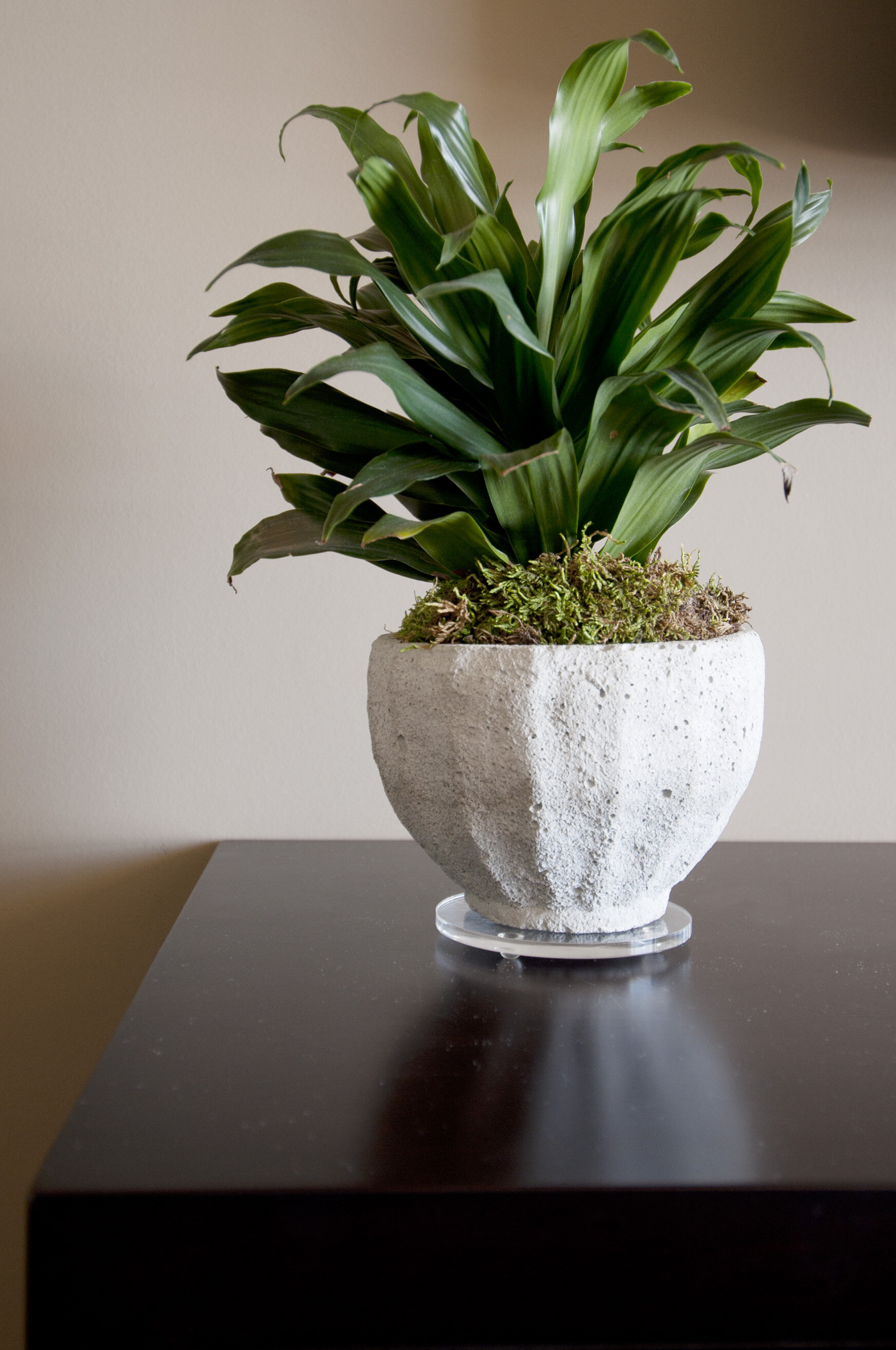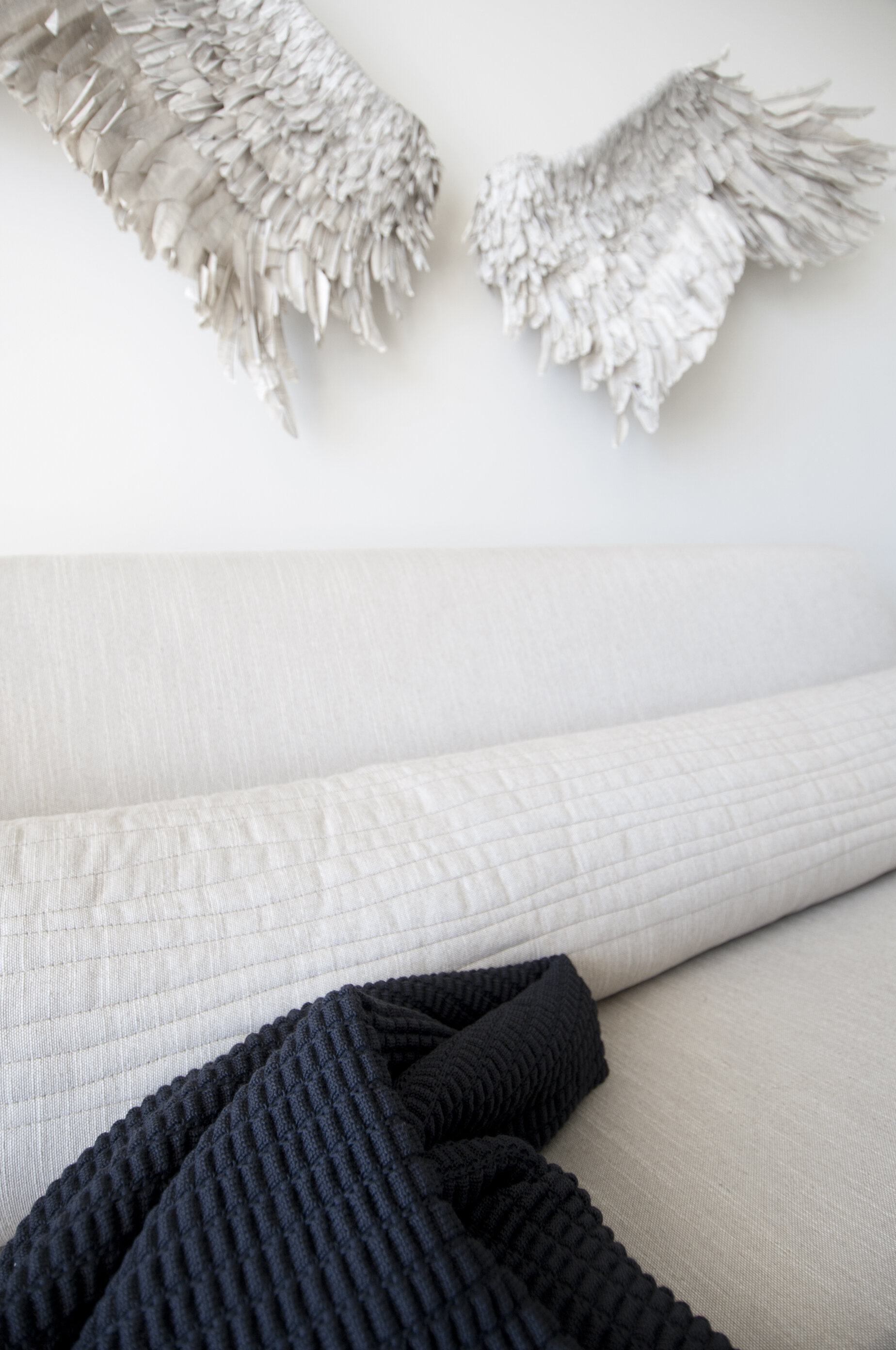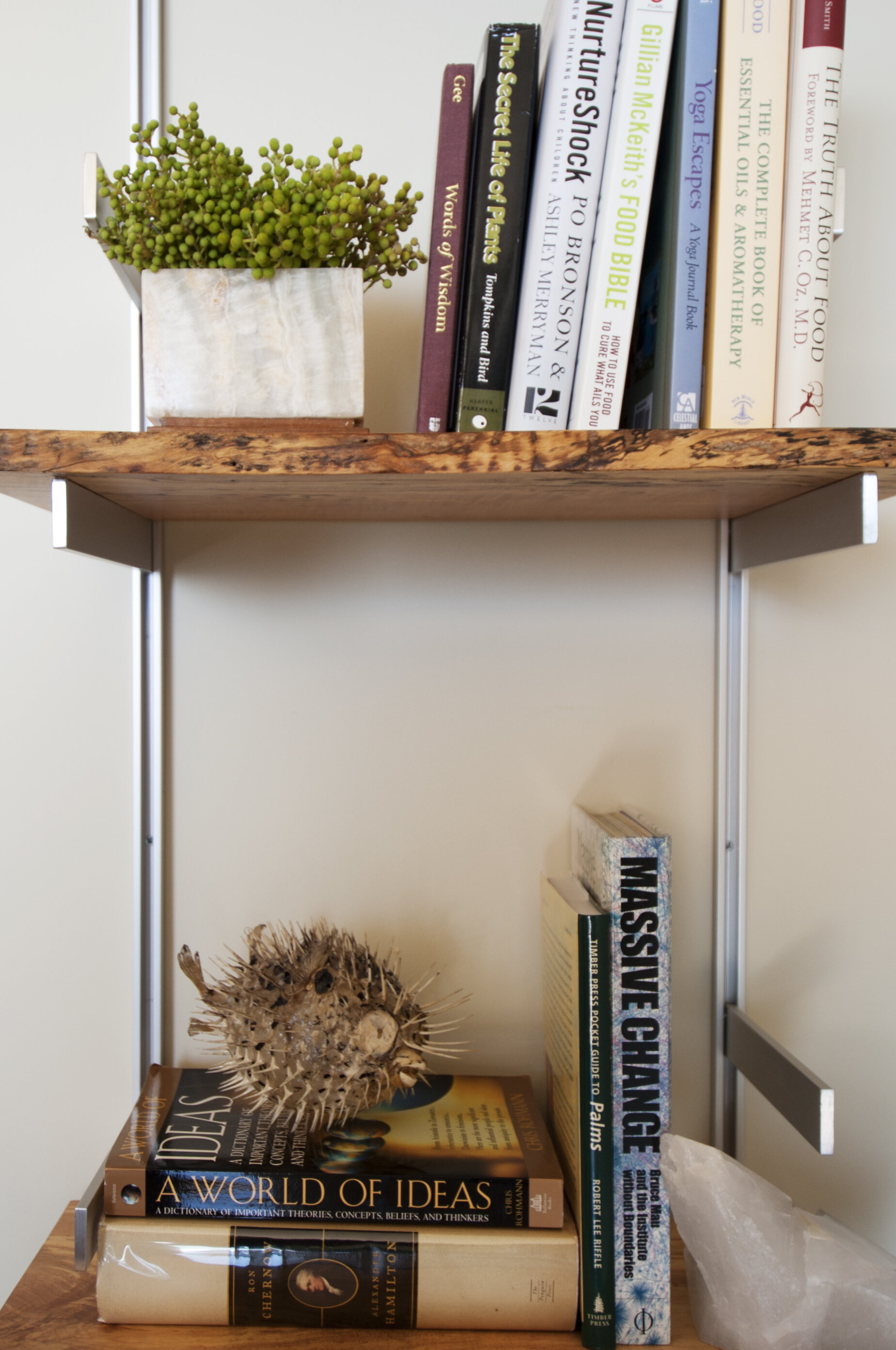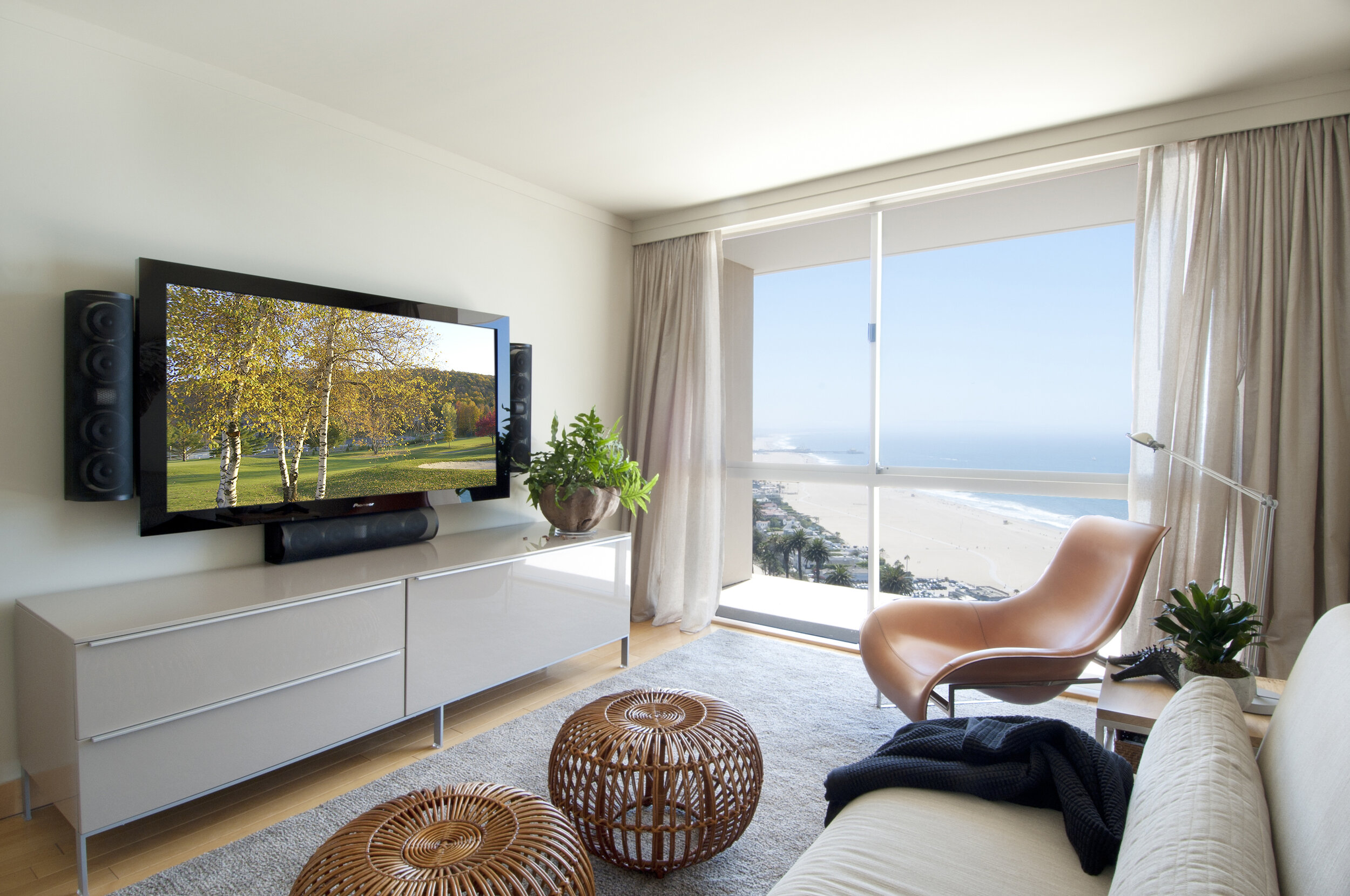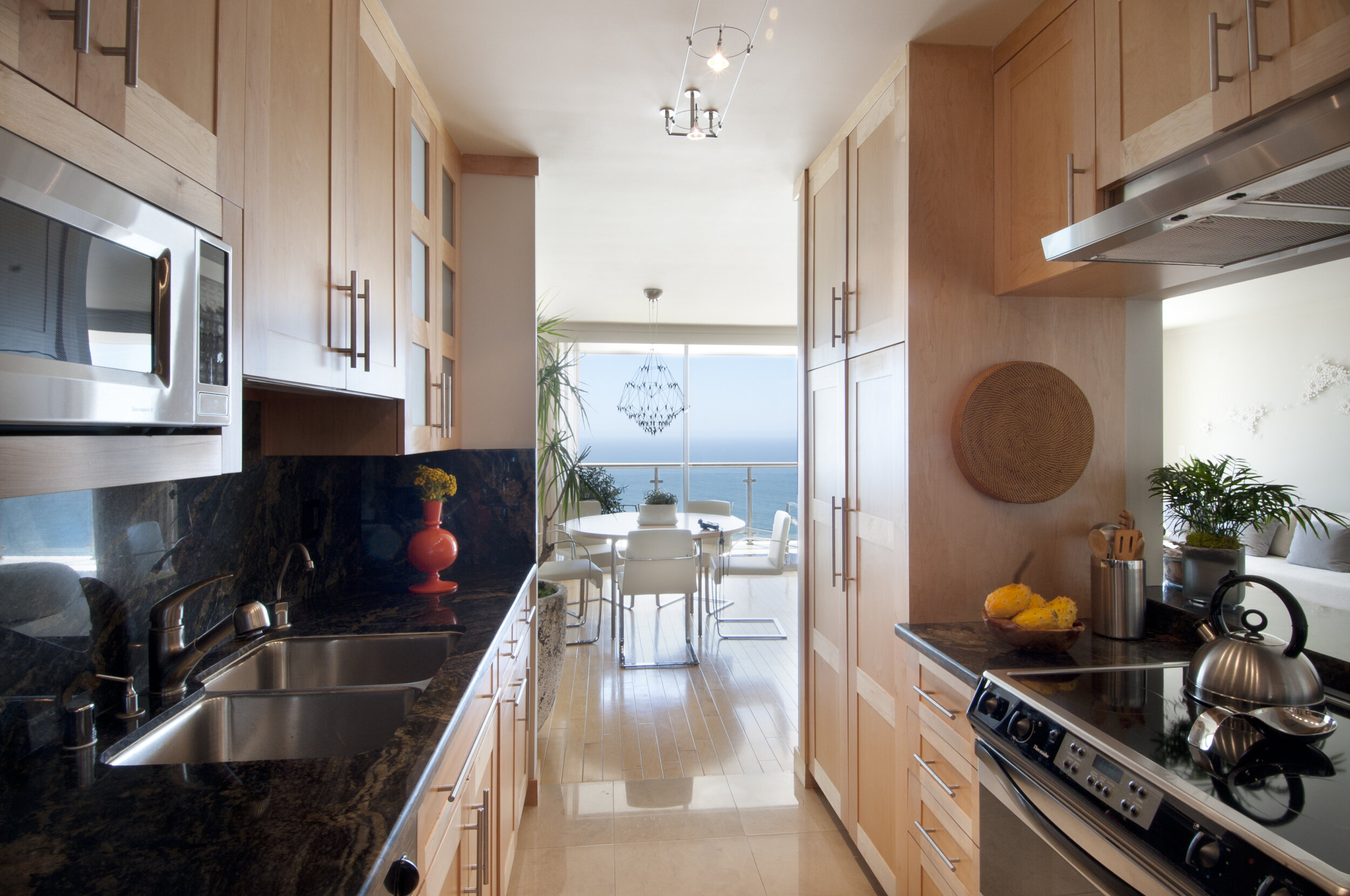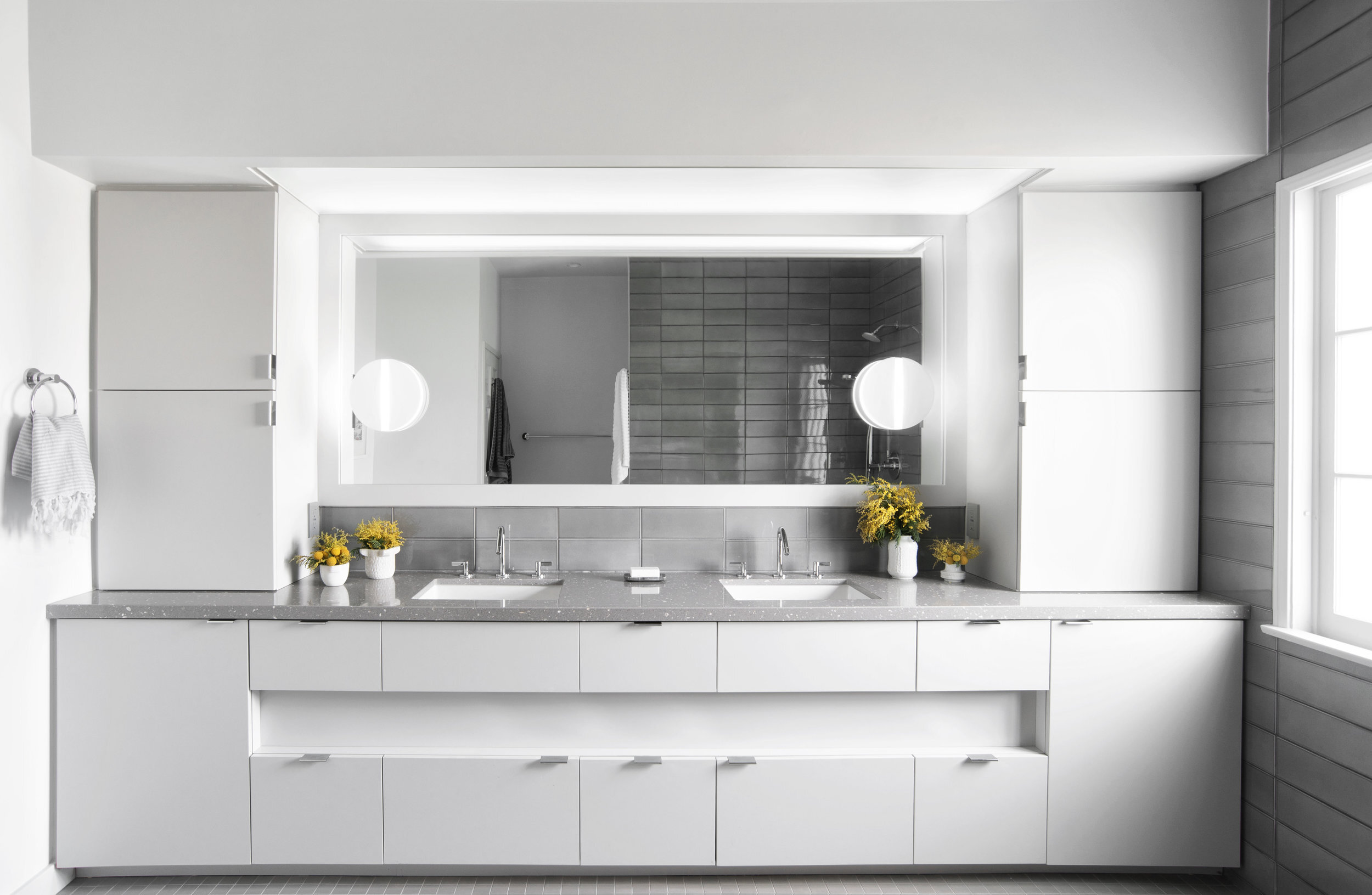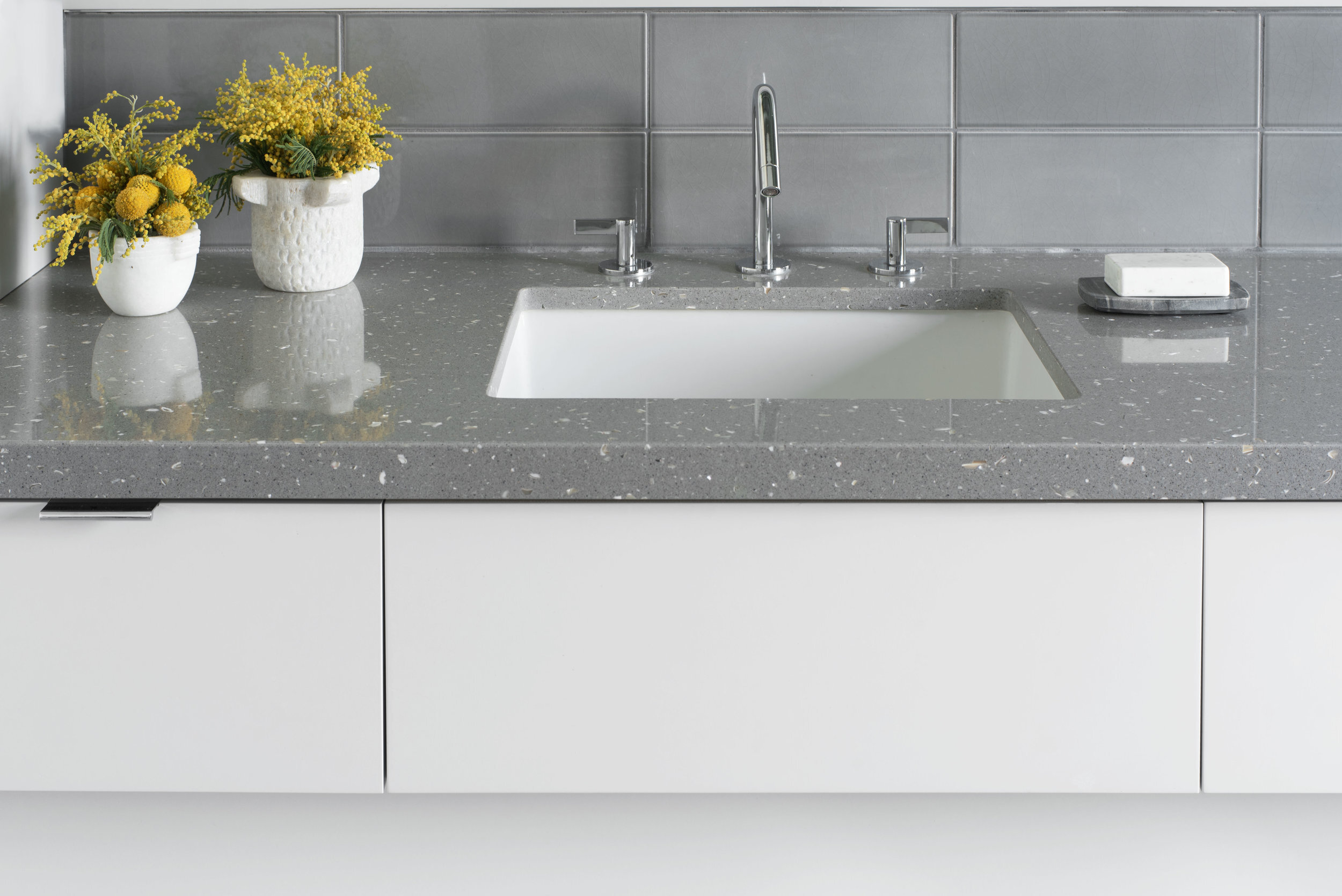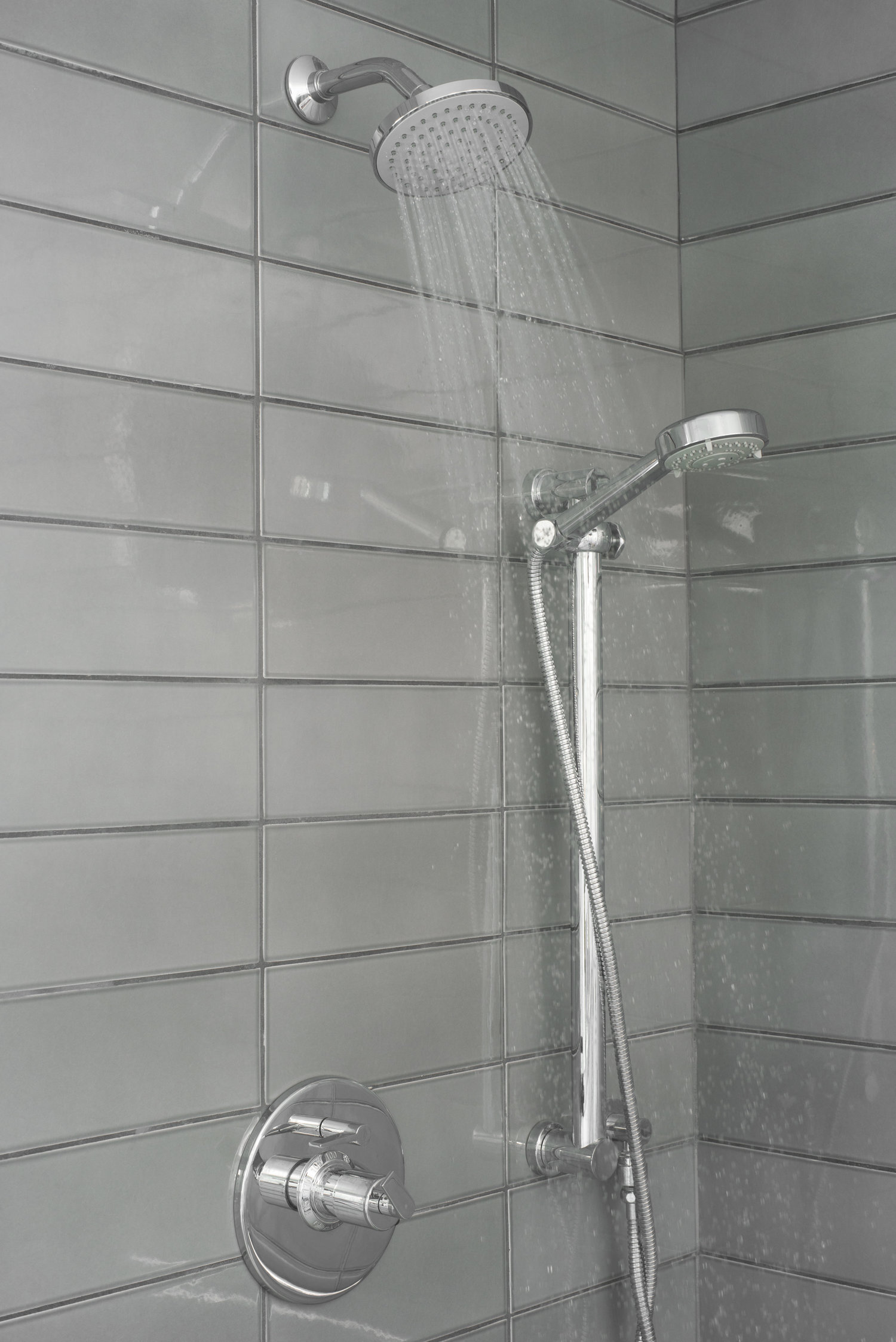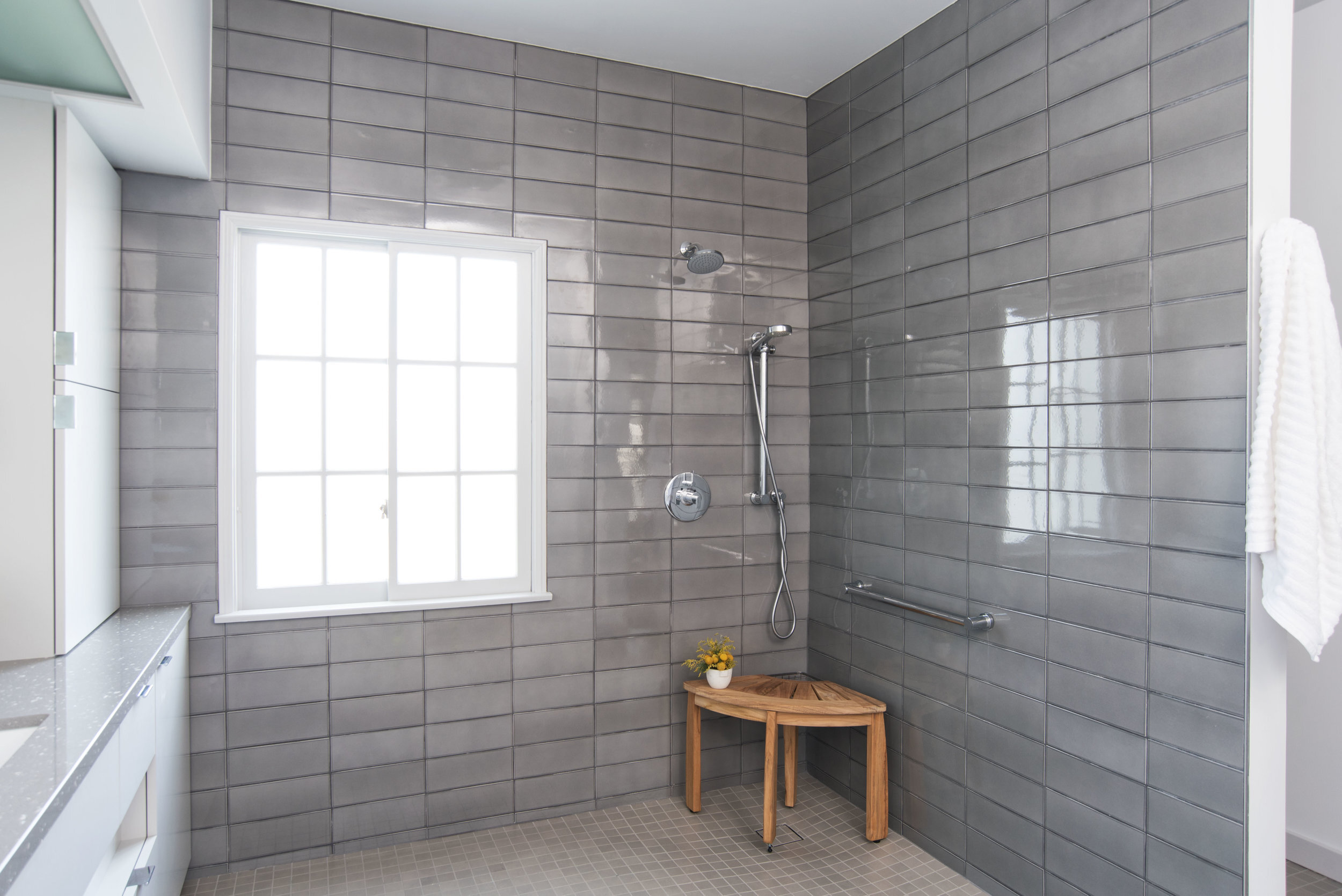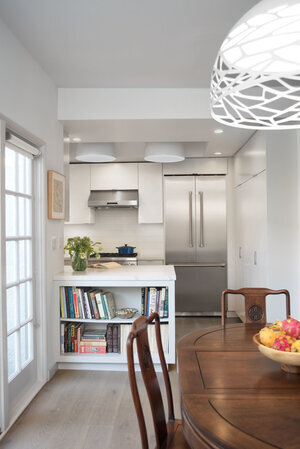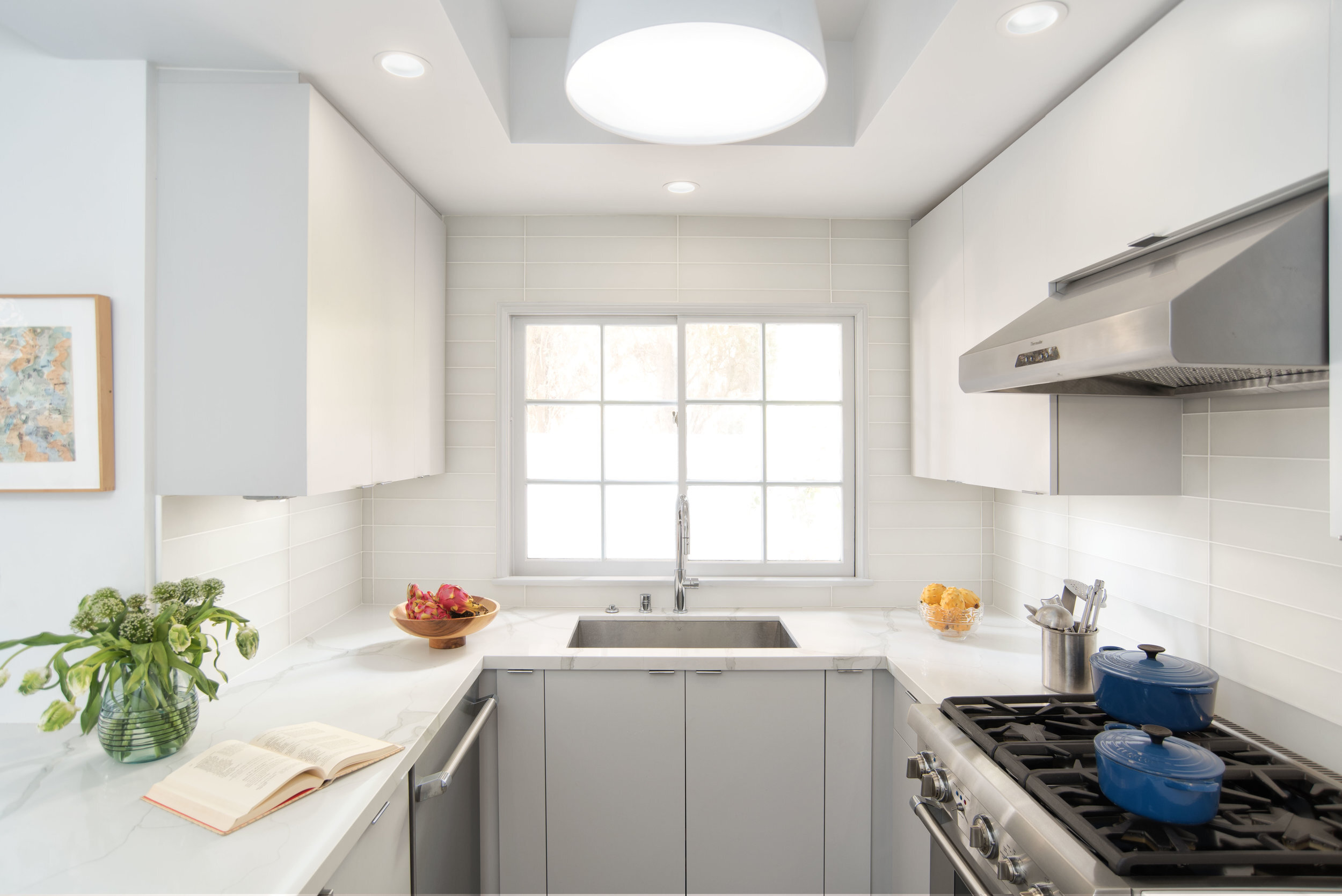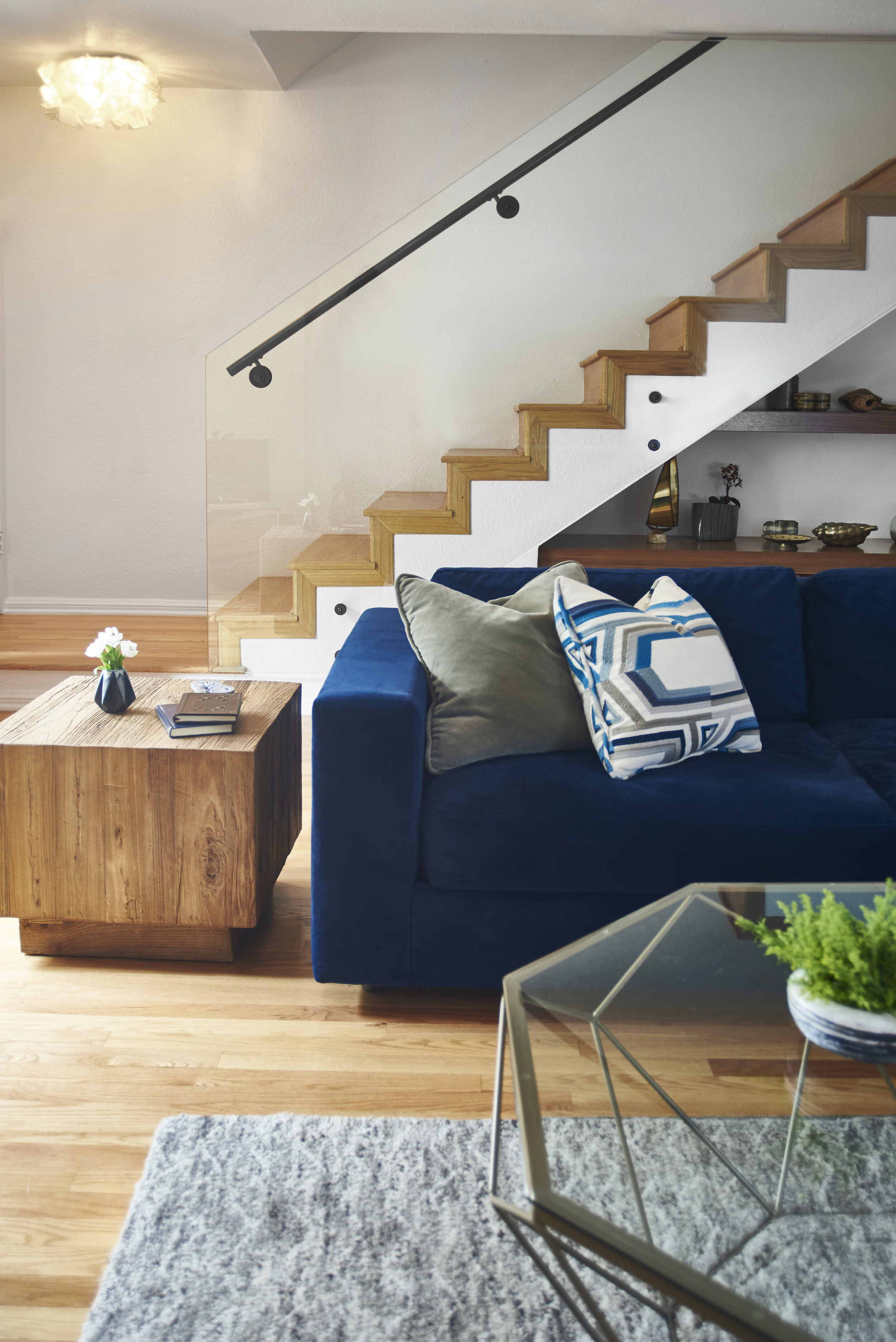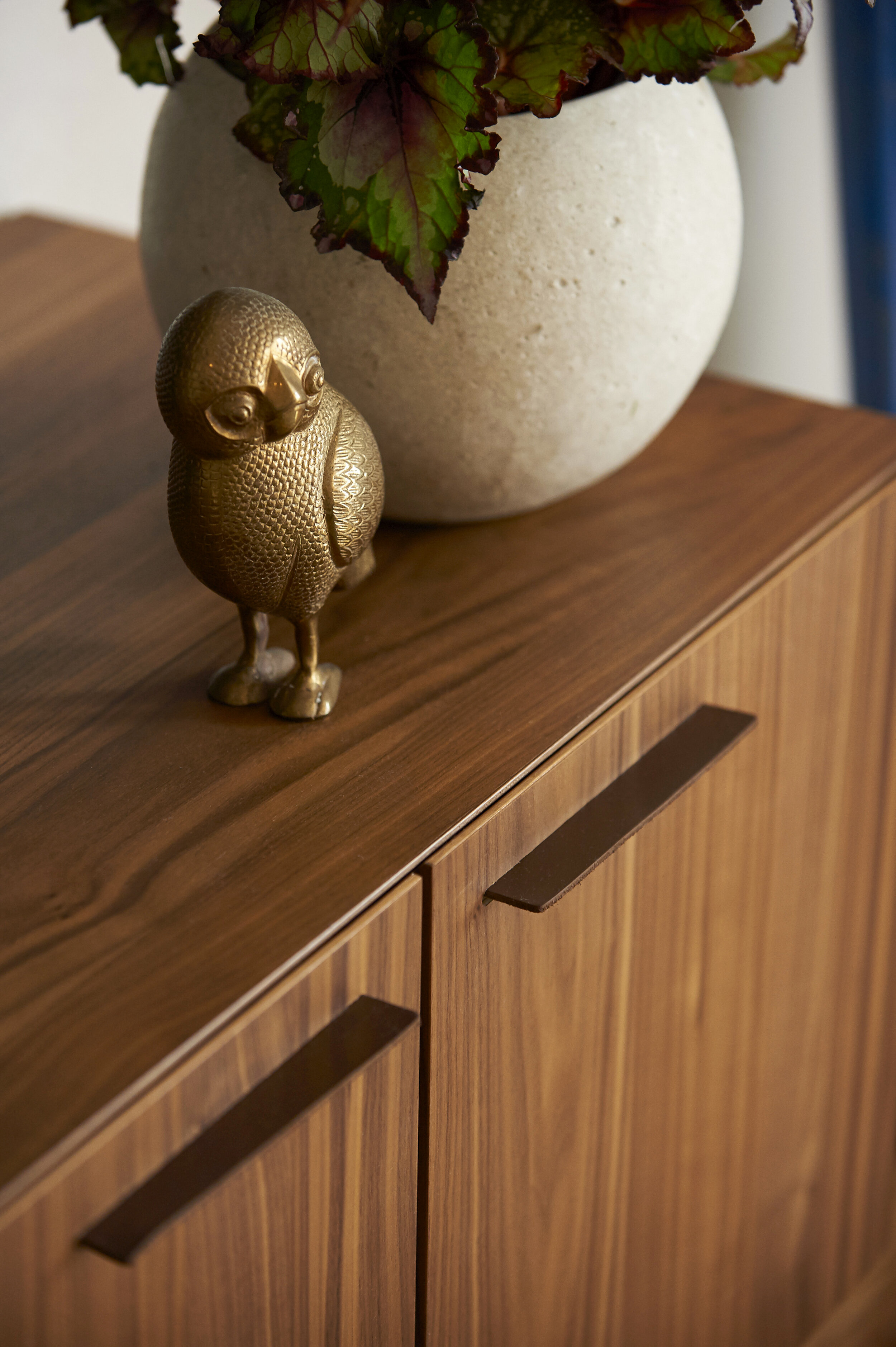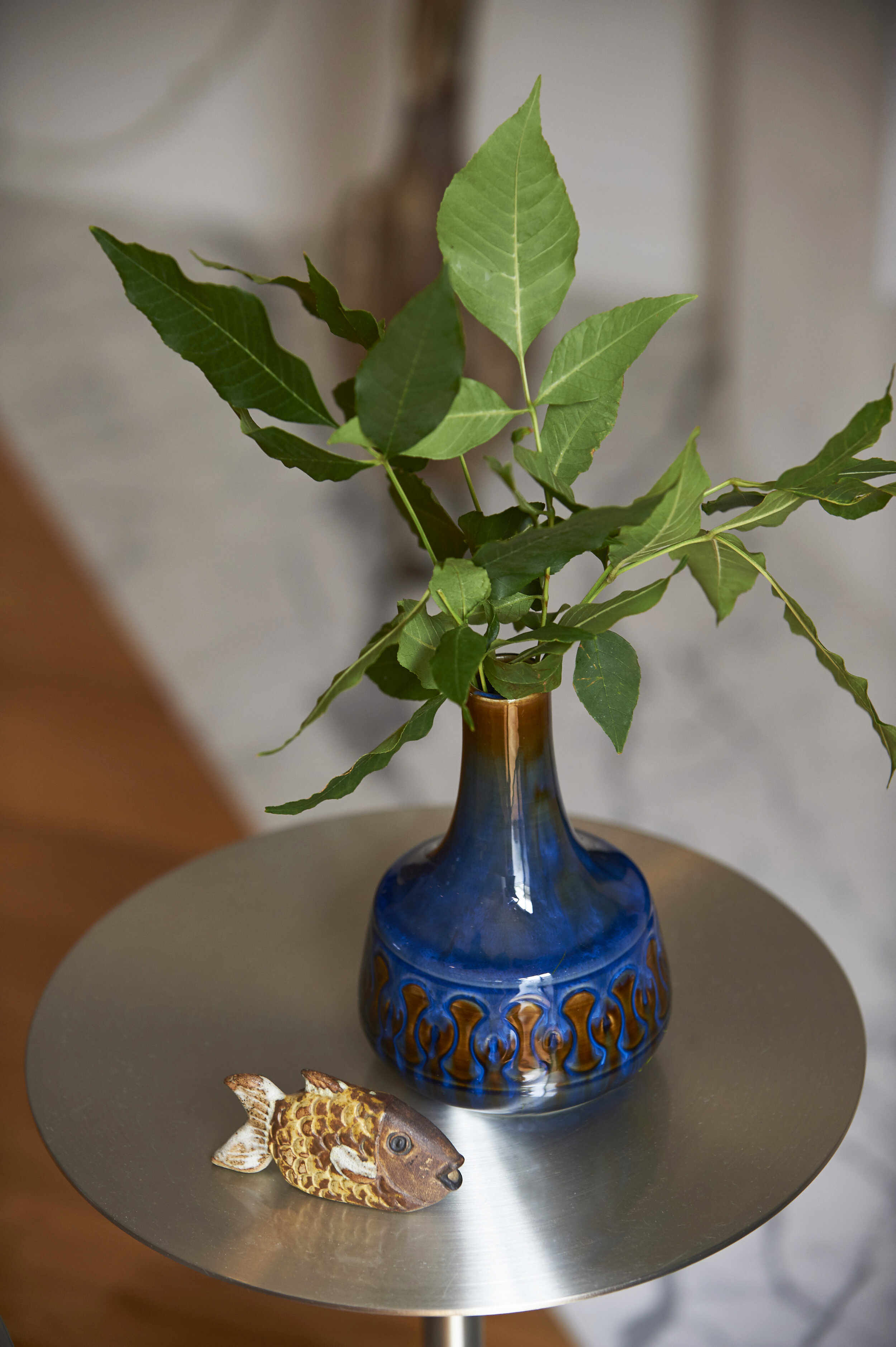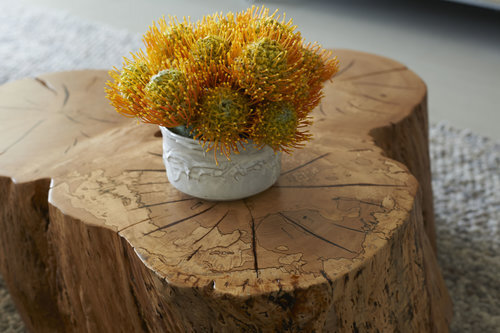The Healing Power of Home: Sustaining and Nourishing our Bodies and Minds
/Custom kitchen design by Sarah Barnard, Photo by Steven Dewall.
As we collectively navigate this new way of living, I am thinking of you and your family and wishing wellness and security. With so many unknowns, I am grateful for the sureness of a community that uplifts with compassion, resilience, and ingenuity, and offers inspiration to forge forward.
During a time when our world feels new and uncertain, our studio is drawing on the core foundational beliefs and principles behind our approach to home design. We create spaces that support health, emotional security, and wellness, that is the bedrock of our work. These ideals go beyond our creative process and into our working methods of designing homes. As a studio, we are building upon many of the systems we've previously had in place.
Bespoke American Walnut kitchen cabinets paired with handmade ceramic tiles by California based artisans. Interior design by Sarah Barnard, WELL AP + LEED AP. Photo by Steven Dewall.
Our studio has always aimed to work with local artisans and craftspeople when possible, and value these relationships now more than ever. Many supply chains are experiencing disruptions throughout the home design industry. We are working together with trusted vendors to source materials and find creative solutions during this difficult time.
In our homes, this time has offered an opportunity to examine our routines, and to look at our needs. Health, functionality, and wellbeing informed our process before the spread of COVID-19, and these factors are more crucial than ever as we continue to build supportive spaces for you and your family through mindful home design.
Interior design by Sarah Barnard, Photo by Steven Dewall.
Many of us are facing challenges in caring for our loved ones, evolving and uncertain circumstances with work, homeschooling children, and maintaining our physical and emotional wellbeing. In addressing these struggles, we are turning to our homes for solutions, realizing more than ever the need for multi-functional and high performing living spaces.
Our regular team meetings are an opportunity for the studio to brainstorm and problem solve collectively, and recent conversations frequently turn to personal solutions for managing this time at home. We wish to extend this conversation to our community and clients and offer some of our favorite approaches for adapting our home design to these changing times.
Colors inspired by nature create the palette for this traditional home. Interior design by Sarah Barnard, photo by Steven Dewall.
HOME HEALING QUICK TIPS
Structure your spaces for ease of movement, connectivity, and peace of mind. Move your workspace in front of your favorite exterior view.
Open your windows and cross-ventilate your home any day weather permits to improve indoor air quality and enjoy the mood-lifting benefits of watching birds and butterflies.
Scoot your coffee table to the side for extra room to play and exercise, and set it up with floor pillows for a new homework station for children.
Move your favorite painting to the room where you spend the most time, whether it's a home office, kitchen, or nursery, and enjoy the beauty and transcendence of art.
Use your occasion dishes more often, and if you're spending more time than you'd like inside the kitchen, bring your cutting board to the back yard.
Think about how your home is supporting your physical health and invest in materials that benefit indoor air quality. Be mindful when bringing new items in your home, avoid air fresheners, and fill vases with aromatic mint and rosemary.
Make sure your bedroom is supporting your sleep habits by clearing out clutter and adjusting lighting to meet your needs.
Carve out time with nature, even if it is tending to a favorite indoor plant or watching hummingbirds in your garden.
Be resourceful, get creative, trust your instincts, and listen to what your mind and body needs, and mold your home to fulfill those needs. And you can always call us if you need some ideas. Our studio and local craftspersons are here to serve.
While we discover methods to care for ourselves, we have learned the necessity and power of turning to others for support and assistance. We offer our support by helping create functional homes so that your safe place is also your ideal space.
We hope that this time to reassess, rearrange, and reconnect, can carry us into a healthier and more positive future, supported by homes that sustain and nourish our bodies and minds.
Sarah Barnard, WELL AP, and LEED AP designs healthy, happy, personalized spaces that connect deeply to nature and art. Empathy and mindfulness are the foundation of her practice creating healing, supportive environments that enhance life.







